Emotional design that designers should understand
Editor’s lead: in product design, designers need to pay attention to emotional design, pay attention to more humanized design from the user’s point of view, and convey some emotions to users through products; The author of this article shared a detailed interpretation of emotional design. Let’s take a look.

When we are using some APPs, do we want to uninstall the app because of some bad experience factors, but we have to download it again because of some things that must be completed. I believe that we will have such helplessness in this era of rapid development of the Internet!
As a designer, if we propose amendments to the APP, we will definitely propose them from all aspects of the product experience, but we may not consider the psychological state and emotional care of users; So today, I want to share the new optimization angle of products from other angles, so that the products can be more "human", more like a partner who lives with us than a tool.
Kenya Hara once mentioned an idea: let the senses be rediscovered. "Designers should not draw sketches in a hurry, but think about users’ feelings first." When we switch to product design, we re-arouse one of users’ senses, so that users can use the product happily, and explore the needs neglected by experience designers by understanding users’ likes and dislikes.
Emotion is emotional feeling, which is a physiological response of people to external things acting on themselves, and is determined by needs and expectations. We will have achievements, failures, happiness and sadness in life. Specific situations, people, places and events all have special meanings and emotions, which is our connection with the past and the future.
When things can bring happiness, when they become an inseparable part of our lives, when we find ourselves in the process of interacting with things, and discover the significance and value of our existence in society and the world, we have love.
What becomes a part of our daily life is not only our material wealth, but also our interaction with them gives us love and pride. At the same time, they have an important influence on establishing a positive attitude. Because emotional factors play an important role in the interaction between users and objects, designers must consider the role of emotional factors in design.
When such needs and expectations are met, they will produce pleasant and loving feelings, on the contrary, they will be distressed and disgusted.
"Emotional design" can actually be understood as design with emotion, which is a concept of design psychology. The word comes from the book Emotional Design by Donald Norman, an American cognitive psychologist.
That is to say, emotional design plays an increasingly important role in user experience design. Emotional experience is a subjective feeling of users under the influence of the objective environment of products, and it is also an experience activity that drives psychology with sensibility, and it is an important medium for UI designers to communicate with users.
1) Guide the user’s operation
Sometimes when we are shopping, we meet some enthusiastic waiters at the door of the store. Sometimes we just pass by, but because the enthusiastic waiters will also affect our decision-making, we should go to the shop.
Therefore, when we want the user to do something for us, we can use emotional design to guide the user, even if the user refuses, he will not be so disgusted.
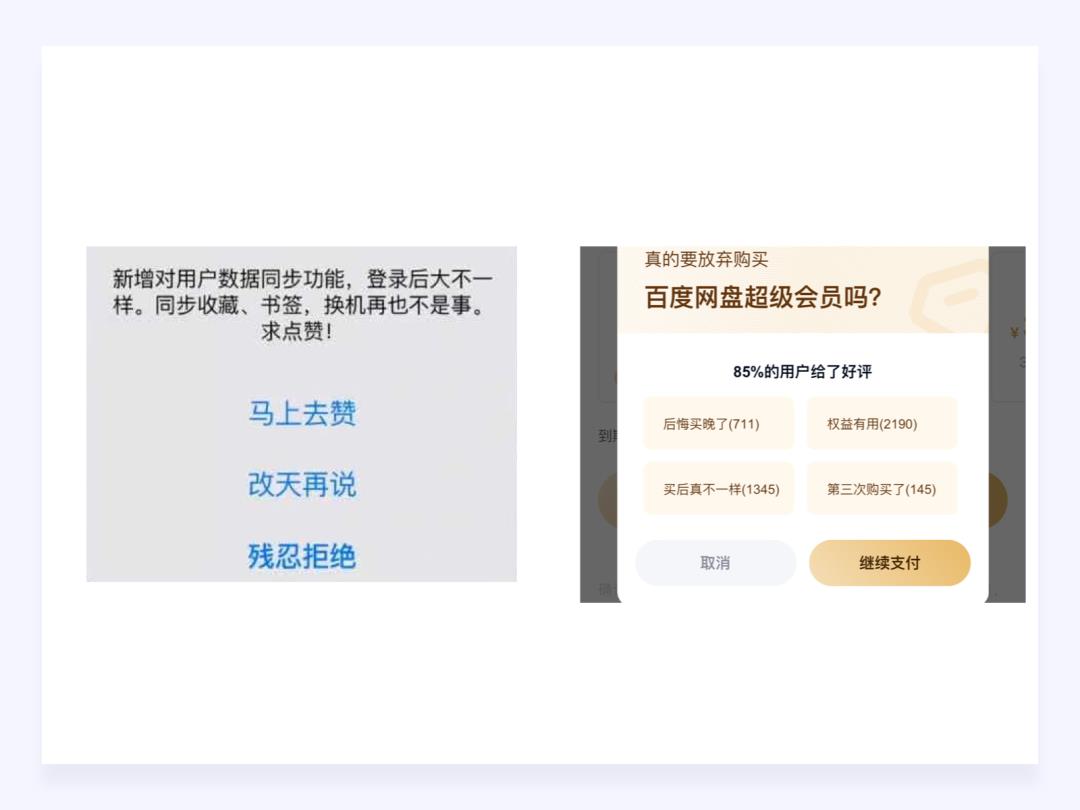
2) Transfer emotions
How can users have feelings for a product? For example, Tmall’s ip image is a cat. The original design intention is that most young people like to keep cats now, and the cat itself is a relatively thin and beautiful animal. Therefore, the main factor of making animals into ip in the current product popularity is that it is recognizable and can increase the memory of products to satisfy users’ love for certain animals or to transfer the influence to products.
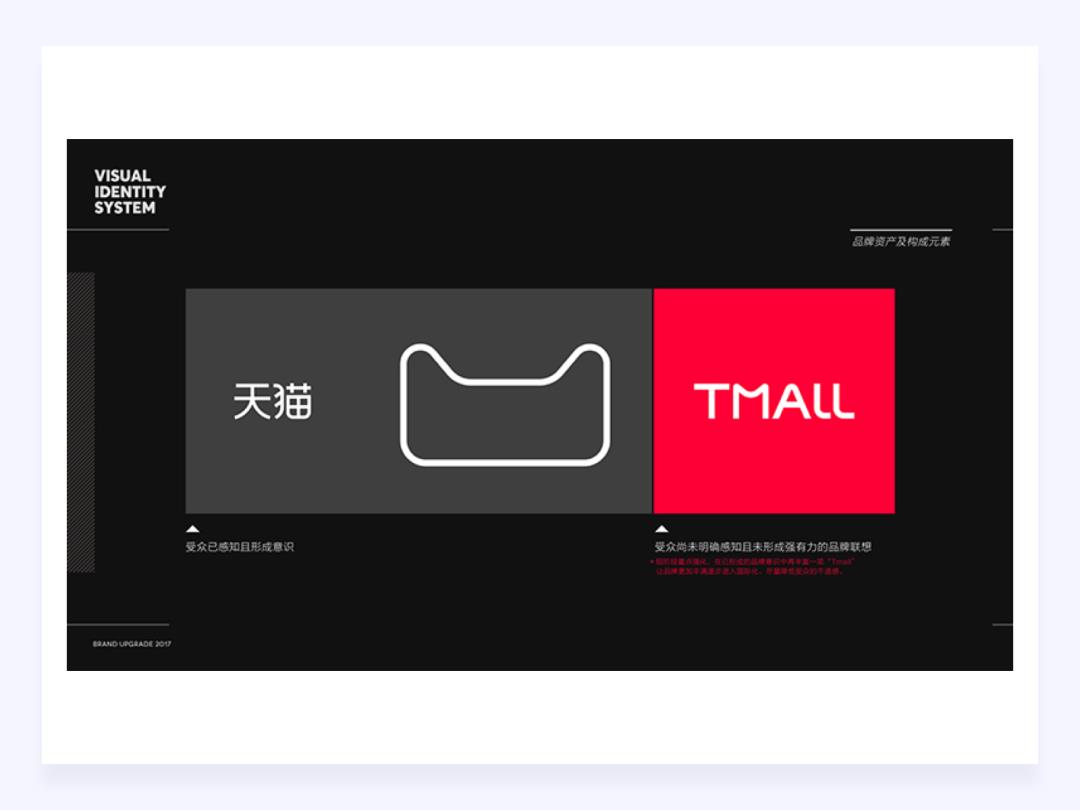
People will have a memory of the things they have used or the people they have served, and this memory will be deeply buried in our hearts like seeds. As time goes by, when we see the place we have been to or the object that accompanied us again, all our experiences with this place or object will trigger some emotions in our hearts.
The characteristics of these people engraved in genes form the key entry point for us to design emotional design. We can carefully plant seeds that can reach the user’s heart through the designer’s experience. The surprise or expectation generated by these seeds in the user’s heart is the relationship between the user and the product.
Based on the basic theoretical model, the positive emotion research laboratory of Delft University collected a large number of samples for investigation and analysis, and extracted 25 positive emotion indicators and 36 negative emotion indicators of human beings. This is mainly to help you get a general understanding of our human emotions. If these emotions are reasonably activated in the daily design process to influence and guide users, the impact on product design is also relatively great.
1) Positive emotional indicators

2) Negative emotional indicators
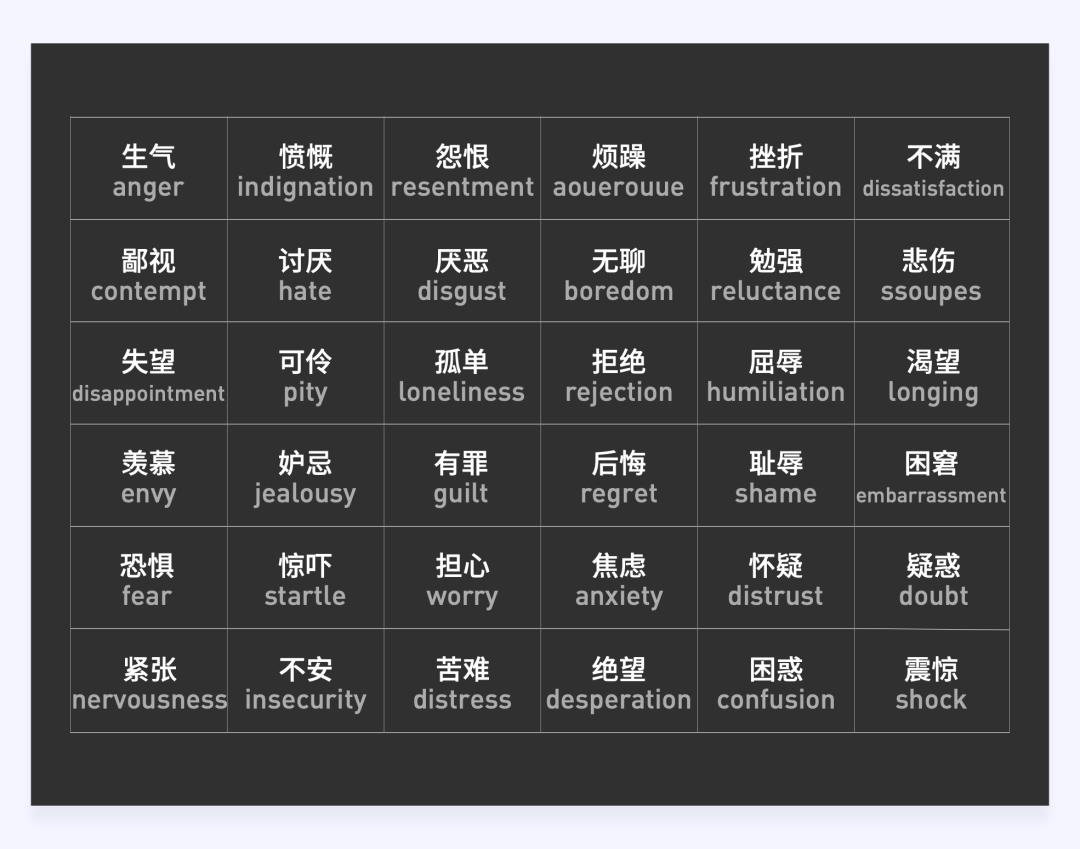
Based on these 61 basic emotional indicators, we can stand on the shoulders of giants, because these emotional indicators do not have any industry attributes and cannot be directly used in products. We need to do some analysis and refining with our own products.
According to the SEE Conf conference, two rounds of screening, optimization and supplement were carried out from these 61 indicators, and ten emotional indicators of enterprise-level products of Ant Design were refined, which will be continuously revised and optimized in the subsequent landing business process.
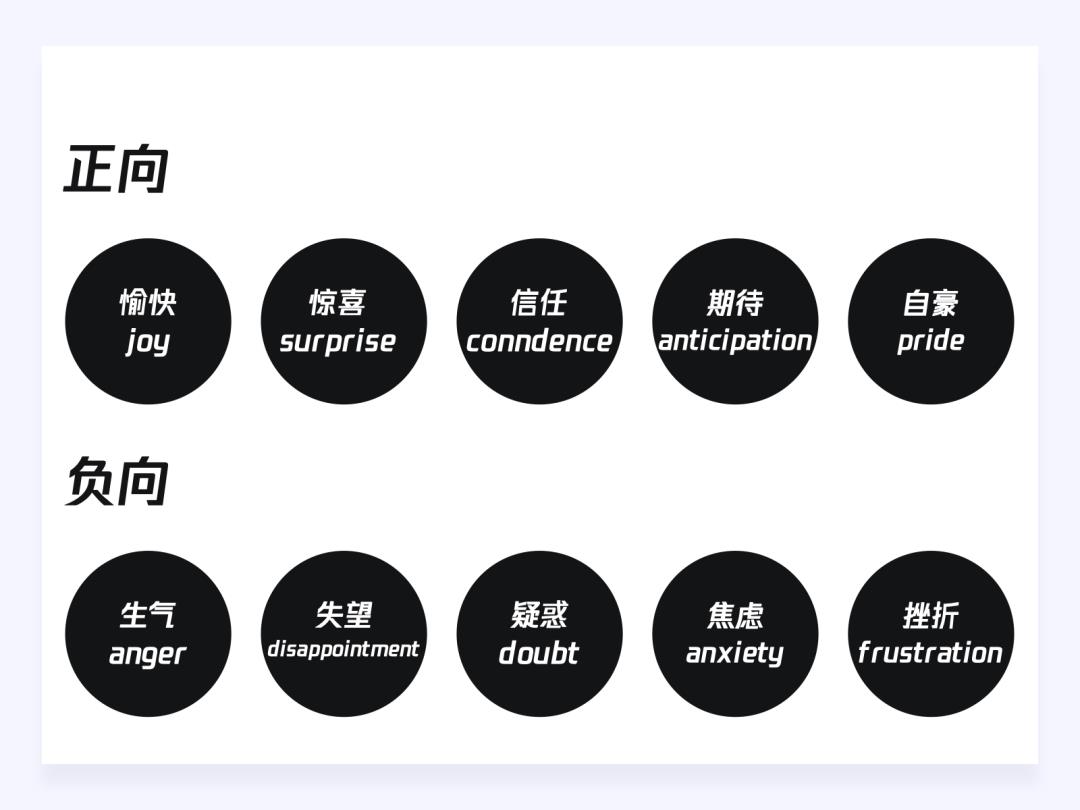
In Donald Norman’s Emotional Design, he mentioned three concepts:
- "Instinctive level design"-immediate emotional effect and pleasant visual experience.
- "Behavior level design"-the available products are easy to interact and understand.
- "Reflective level design"-useful products can meet our needs and let us get emotional satisfaction in a long time. Long-term relationships can meet physical, psychological, emotional and spiritual needs.
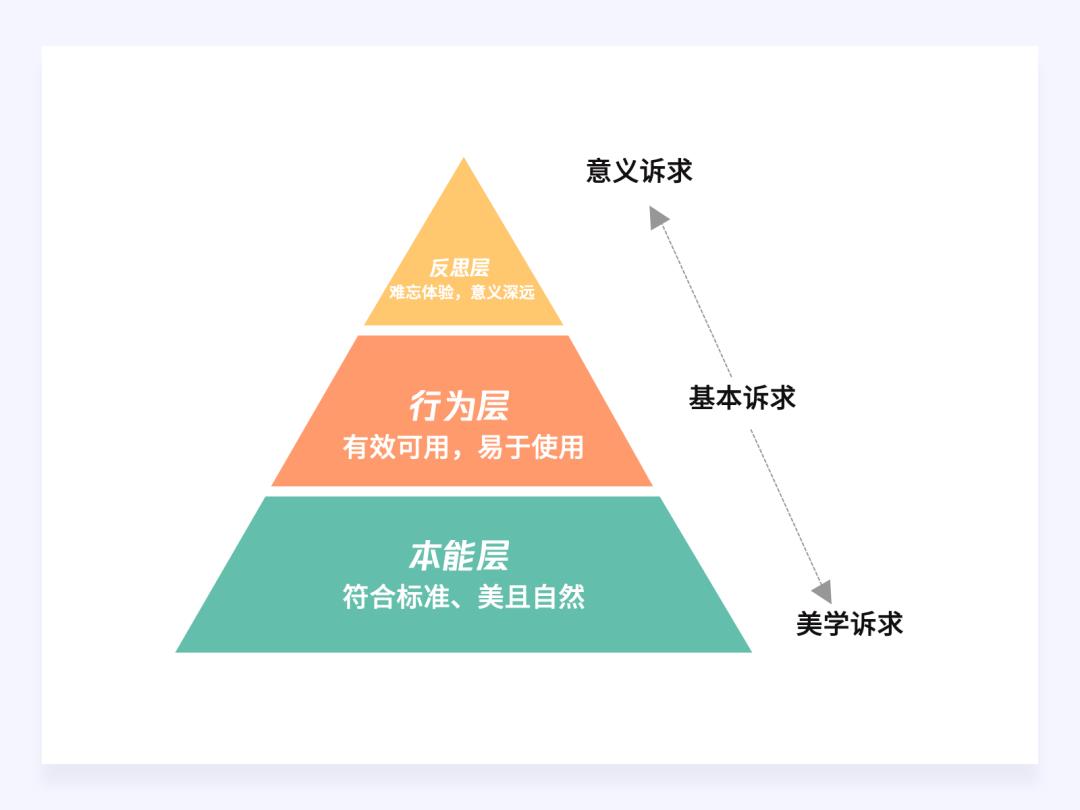
1) Instinct level design
For example, when we are in love, we often hear such a saying, it starts with face value. In this age of looking at faces, products need to have high face value, and users are willing to understand its better performance. Luo Yonghao, a well-known Internet startup network, once said that "beauty is the primary productive force", and Norman also said that beautiful items will be better used. What he said is the same truth. People will become cheerful when they see beautiful things.
For example, The New York Times once commented on BMW’s Mini Cooper, saying that whether the performance of the car is good or just passed, that is not the point. The point is that the car can make people feel good, and critics even suggest that you ignore its shortcomings. This example shows that whether a product can succeed in the market, practicality is only one of the indicators, and aesthetic feeling will seriously affect people’s purchase decision.
In the case of the same function, a product with aesthetic feeling is more competitive, even if its price is more expensive. For example, in the early 1980s, personal computers began to use color screens for the first time. At that time, the main function of color was to highlight some words or add some unnecessary decorations, which did not bring practical value to daily work.
From a rational point of view, it is obviously not a wise choice to buy a color monitor; But the reality is that people are willing to pay for the color screen, even if it has no practical use, even if it is several times more expensive. Therefore, in many cases, what people are willing to pay extra is not the actual function, but the aesthetic feeling.
Why do we all prefer beautiful things? This is because beauty can affect people’s mood. Emotions, whether positive or negative, play an important role in people’s daily life. Emotions will affect people’s judgment on things and help people make decisions.
Psychologists have found that positive emotions are helpful to study, stimulate curiosity and stimulate creativity. When happy, people are more likely to get rid of the shackles of the original thinking framework; And negative emotions will narrow people’s thinking, focus all their attention on the problem itself and get into specific things.
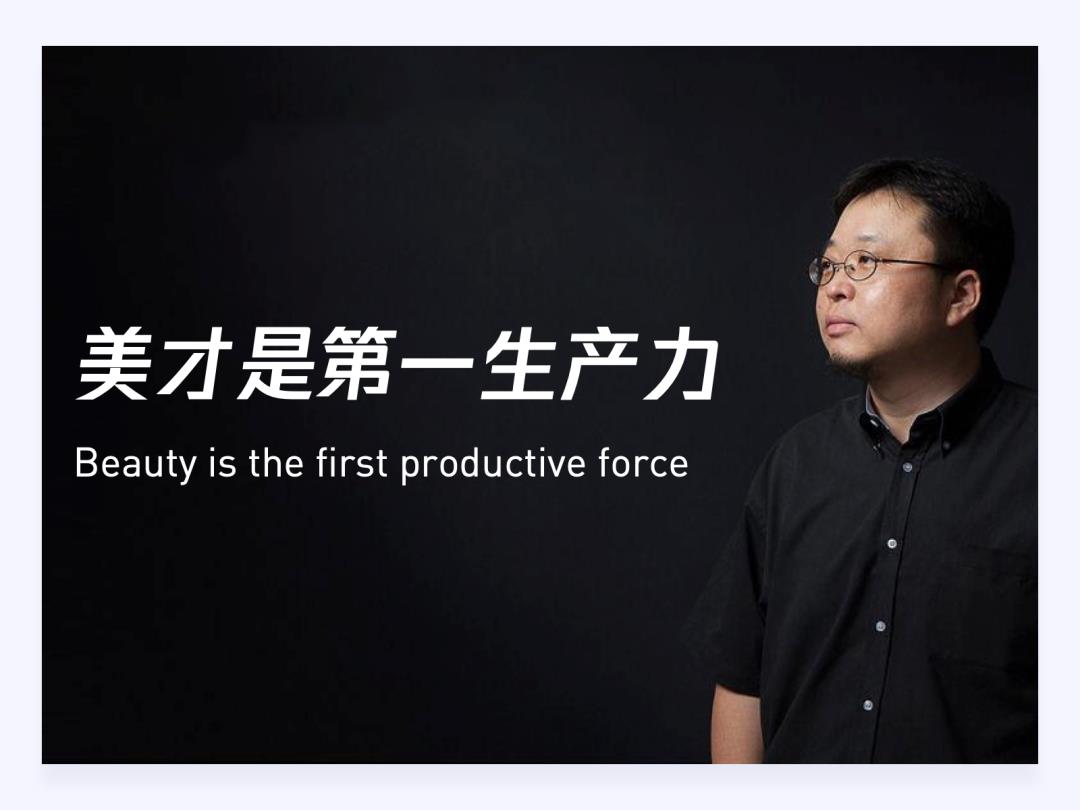
For example, the phenomenal online celebrity product Cat’s Claw Cup launched by Starbucks before, we can see that the key to this cup’s popularity lies in its cute appearance, just like a kitten’s claw. After pouring milk into it, its cat’s claw shape will be more eye-catching and the overall touch will be more comfortable; This example also shows that the design of instinctive layer is innate, and it will be lovely to see this regardless of any cultural background, any race or any age level. This is the design of instinctive layer.
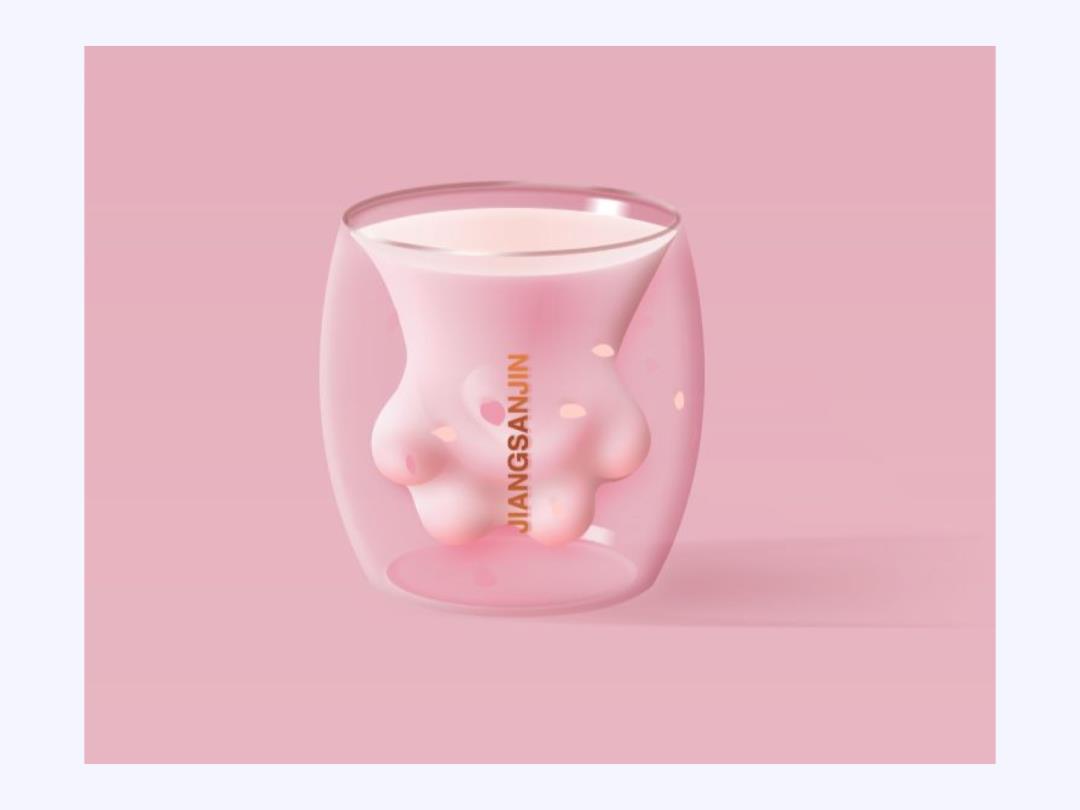
As a designer, we must first design a design that can stimulate the user’s instinctive level. We need to pay attention to the visual experience that the product brings to the user. We can test whether the instinctive level of this product is successful. We can show the product directly to the user and see if it can impress the user at first sight. If it looks very important at first sight, it shows that our instinctive layer is still successful. If it can’t impress users at first sight, it shows that there is still room for improvement in our instinctive layer design.
The design of instinctive level is generally used for impulsive consumption products, such as food packaging or food publicity materials. The design of this industry pays more attention to the design of instinctive level.
2) Behavior level design
The design of behavior layer pays more attention to practical efficiency and fun. Whether the user completes the operation task and experience well in the process of use is the problem that needs to be solved in behavior layer. We regard the excellent behavior layer as four levels as the judging criteria, namely, functionality, understandability, usability and physical feeling.
To sum up in one sentence is to be trapped in talent.
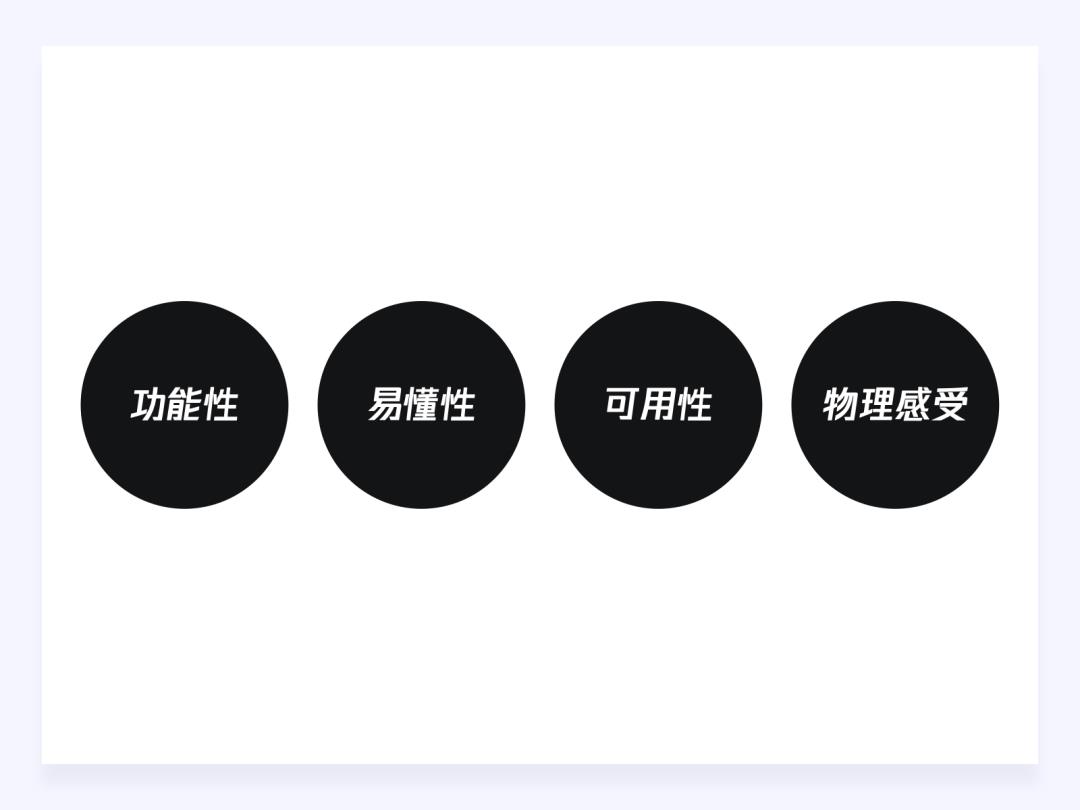
① Functionality
Functionality refers to what kind of problems a product can solve for users, usually the ability of a product to solve problems in its own core vertical field. For example, the core function of a kitchen knife is whether the knife is sharp or not, and WeChat is whether the information can be sent to the other party immediately during the chat.
② understandability
Whether the function and usage of the product are in line with the user’s cognition, and whether the user can use it by learning or simply trying, this requires the designer to convey how to use the product with clear semantics in the design process, or with interesting instructions, so that the user can better understand the various functions of the product, because usability can only be considered if the understandability is done well.
③ Availability
Usability and understandability are related. Usability is a higher level after functionality and understandability. For example, some musical instruments we have seen in our daily life all look beautiful in appearance and the materials on them feel comfortable. We have also seen some videos on how to use these instruments at ordinary times, but their usability is definitely not too high. As we know, it usually takes a long time to learn and practice musical instruments before we can play beautiful tunes, so musical instruments are better in terms of shape and function. However, because of their low usability, we may be out of curiosity when we first started to contact them, and then we will give up and put away the musical instruments and eat them.
Therefore, when we design products, we want to improve the user’s stickiness, and users can often open our products, so we must consider the user’s usability, just like the level design of some games. If the difficulty of designing some levels is too great, most players can’t play the level, then the usability is very low, and they may give up after playing for a day or two. If the level of the game is too simple, it can’t give users a sense of pleasure after passing the level, so the feasibility is also a subtle detail in the design, which needs the designer to measure it through repeated scrutiny.
④ Physical feeling
Physical feeling refers to the feeling brought by touch and hearing. Different materials can bring us different feelings. For example, metal is a very smooth and cold feeling. We can visually induce users to associate with things in life through different materials, resulting in associations.
3) Design of reflective layer
The requirements of the reflective layer will be higher. It needs to pay attention to the user’s cultural background, identity and the environment in which the product is used. For example, the cat’s paw cup does not need to be considered. It completely impresses the user with its face value, but we want to be a reflective layer. Product design must take these into account.
When we go out to travel, we will see others selling souvenirs of this place in some tourist attractions. These souvenirs actually have no substantive function, and maybe they can only be placed in the car or in the room for decoration, but the main reason why we want to buy these souvenirs is that they carry good memories of our travel, have rich emotional significance and belong to the design of reflective layer.
In front of us, we said that the design of things generally belongs to the instinctive design, which needs to arouse people’s instinctive impulses, but we will talk about Yilan Lamian Noodles next, but this is not the case. Yilan Lamian Noodles, I think most people have heard of it, and it is also a famous brand, so famous that we can see many knockoffs in the street. For the friends who have been to Yilan for the first time, I think they have heard from the internet or friends who have been there beforehand that "you must drink all the soup when you eat Yilan". Why? The answer is to see the golden sentence "このがのびです" at the bottom of the bowl (your last bite is the greatest affirmation to us).
We can imagine that if we think this Lamian Noodles is delicious, we will definitely eat it cleanly. We ate and drank all the soup, and then we saw this passage. At this time, the psychological resonance we can feel is also a detail of communication between merchants and users, which is also a better design of reflection layer.
Let’s take a look at what interesting designs WeChat has made in reflection! In the product design of WeChat, there are many small details that reflect the reflective design. WeChat red envelope is the first red envelope product made by WeChat on the Internet. WeChat not only made a WeChat red envelope, but also made a New Year red envelope. During the New Year, WeChat can generate a lucky digital amount unique to China, such as 6.6 and 8.8, which is an emotional design that brings some surprises to the target users by using some cultural backgrounds.
In the startup interface of WeChat, what we see is a person with his back to us standing on the opposite side of a big earth, which will bring people a sense of loneliness, just as we are far away from the earth and can’t go back, and we really want to talk with friends on the earth. This picture has well stimulated the user’s desire to socialize, which is also the design detail of a reflection layer.

In design life, there are many cases of using reflective design. For example, we are familiar with the advertising introduction of some luxury goods. General products may introduce how good the material of my product is and how comprehensive the function is, but some luxury goods will never tell users about it. General luxury goods will shoot some advertisements with high pressure. Although you didn’t understand his meaning at first, we can feel the chic lifestyle conveyed by the merchants in the advertisements, which are all what we yearn for.
For example, in the advertisement of Hermè s scarf, we may not see the main product scarf at first sight, but a more chic and relaxed life state presented by the heroine of this advertisement. In fact, most luxury goods and online celebrity products follow this route, so we can find that people are keen to buy products such as famous cars, and what we buy is not the product itself, but the reflective value brought by the product and the culture of some brands brought by the brand.
An advertisement was made before Baisui Mountain. The whole advertisement did not talk about the water of Baisui Mountain, but talked about the lifestyle and living environment of the nobility. At the end of the advertisement, the actor slowly took out the mineral water. I guess Baisui Mountain is to reflect the feeling of the nobility in his water. Some goods with higher premium are started from the reflection layer to affect our loyalty to the brand.
In a word, it is always loyalty to character, and the product is also one’s own character. For example, luxury goods want to create an exquisite lifestyle, which is also a kind of taste. For example, our choice of a product can prove that our taste is better.
Because C-end products are customer-oriented products, emotional design has been integrated into the design system at a very early stage, while B-end design has been gradually valued by enterprises in recent years, but emotional design is far from reaching the industry standards, but emotional design is a supplement and coordination for the shortcomings of products at both C-end and B-end.
Because of the crowd faced by the B-end industry and the attributes of the industry, we will pay more attention to the landing of product functions and the performance of products, and pay attention to how products can create greater value for enterprises. With the increase of the number of enterprises in China, the industry has gradually formed a scale, and the performance and stability of products previously used to measure have become the threshold of entry-level. With the rising of industry standards, where should we start to break through our products?
It happens that emotional design is a breakthrough with low threshold and high income, because now 996 makes young white-collar workers tired, and emotional design can resolve some negative emotions in the complex application scenario of B-side design, and can complete the task efficiently through the correct guidance of emotional design.
When users use a certain product, the copy, atmosphere and interactive feedback form of the product can give users different emotional feelings; What the user experience designer has to do is to satisfy the following three emotions of users: to give security, to give achievements and to draw closer; Increase user stickiness, which is another reason for users to choose your products besides functional differences.
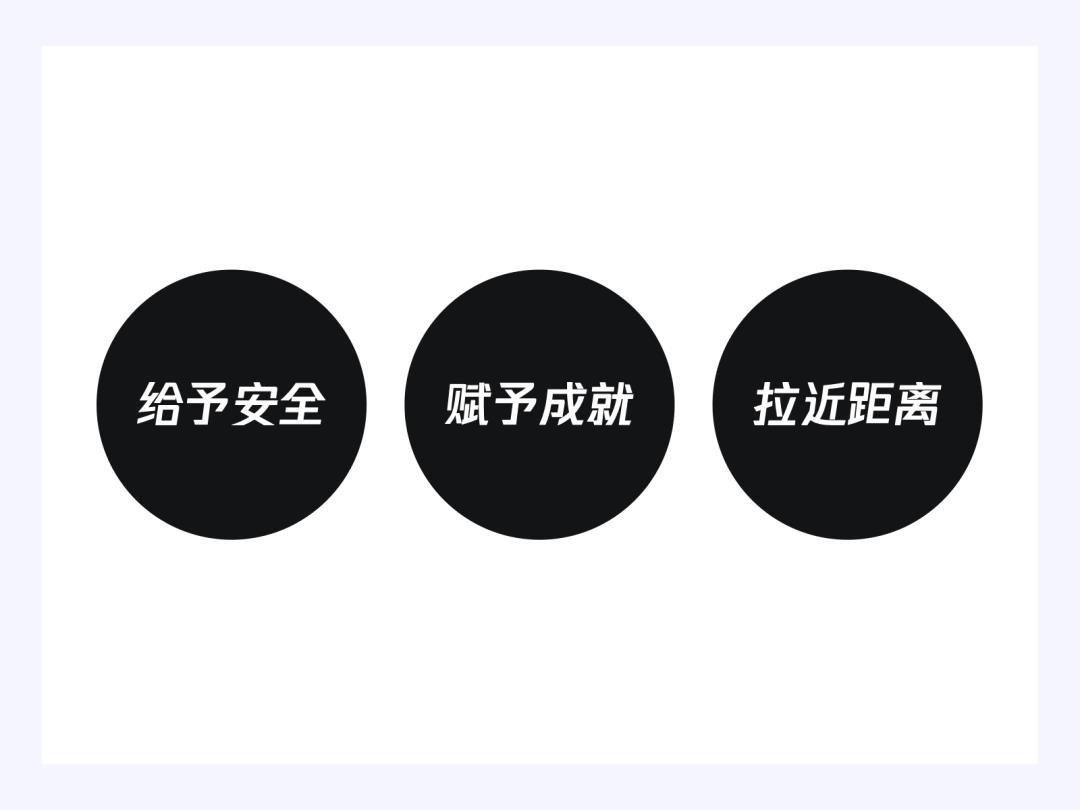
Stability and security are the lowest level of people’s psychological needs, and Maslow’s needs also put security needs in people’s low-level needs. Giving users security is a sense of certainty and control for people to deal with things, and it is also one of the keys for users to choose our products.
For example, before, because the brand color of Guangdong Nanyue Bank was red, after the successful transfer, the check mark of the successful transfer was still red, which means failure and warning in the user’s subconscious. For financial software, this design will give users a special sense of insecurity. Later, after repeated complaints from users, the red icon after the successful transfer has been modified to green.
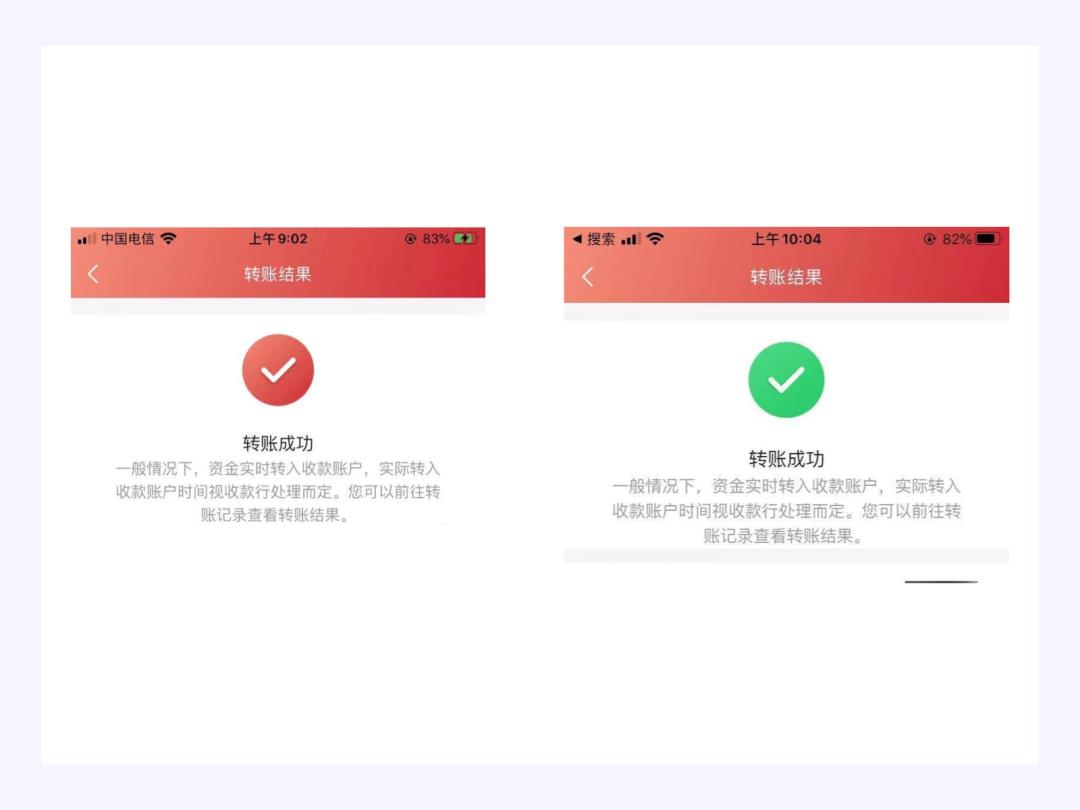
Of course, there are still many positive examples that give users a sense of security. For example, Alipay knows that a migrant worker like me is poor, so it provides the function of hiding the balance with one button to avoid the embarrassing scene that others accidentally see the only 3.2 yuan money left in Alipay. There is also the fact that when the payment is switched in the background, it will be displayed in a vague state, which will make me feel that my product is considering for me and make me feel more at ease.
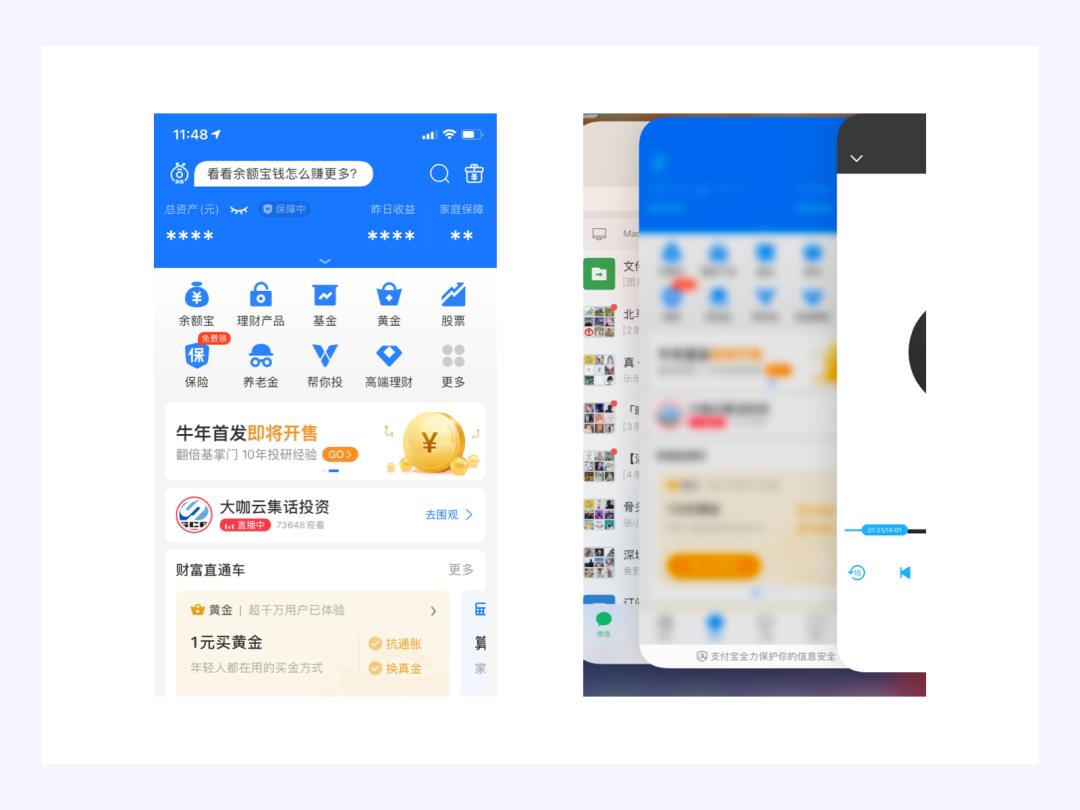
So what should we do to give security? I have summarized the following four strengths: information security, pragmatic propaganda, fault tolerance and predictable results.
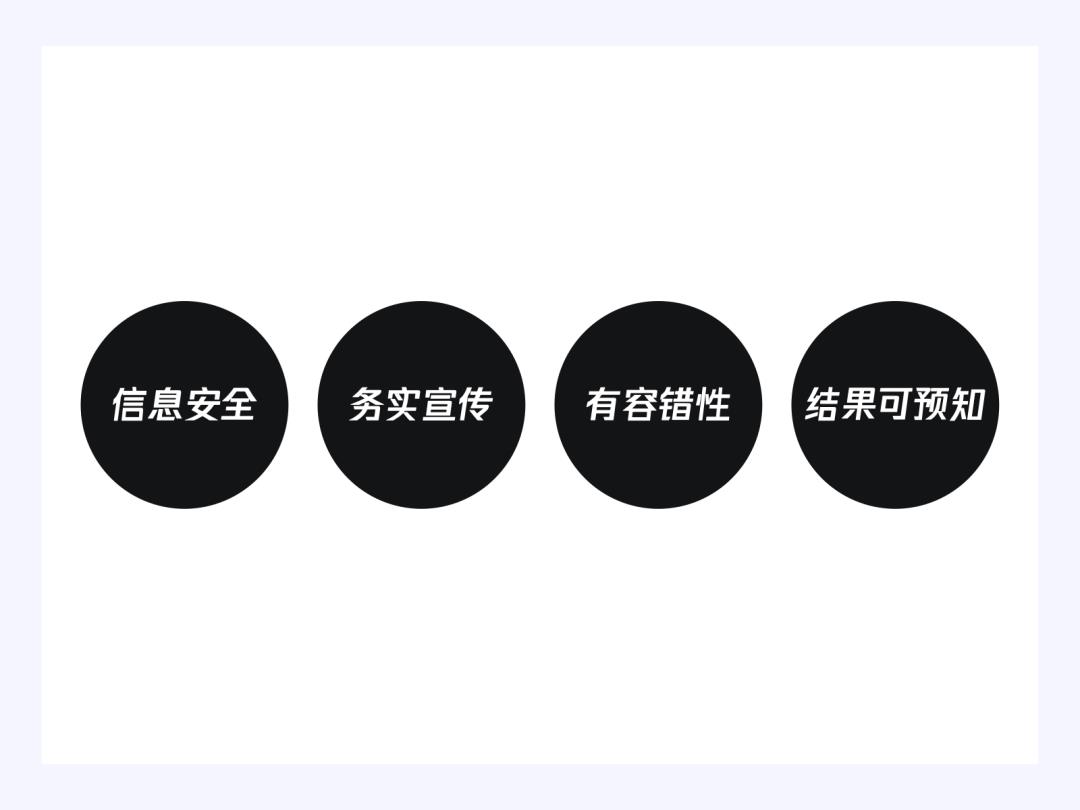
1) Information security
In Internet products, users’ information security, privacy security and property security all remind users to use Internet products cautiously. In the design of APP interface, it is very important to give security.
On the one hand, product safety exists objectively, which is related to the underlying systems such as product system architecture, risk control and defense mechanism; On the other hand, the feeling of safety comes from the subjective feeling of users’ own cognition of products, which is closely related to the design performance and operation strategy of products. These key points are indispensable to jointly create a subjective safety atmosphere for users’ cognition.
(1) the security policy should be exposed.
The safety given by products to users is not only related to the subjective sense of security, but also related to the objective safety performance of the products themselves, and the subjective safety also needs to be conveyed by designers, otherwise, how will users know how to ensure the safety of your products?
For example, when an enterprise needs to collect employees’ opinions and vote on something or voting, it generally adopts anonymous voting, which is very subjective to tell employees that you can vote with confidence, and we will not disclose the information about voting security, which is also an exposed security strategy.
Then we also need to follow this point when designing products. When you have a safety strategy, you must inform users, otherwise users will not understand your careful consideration in production.
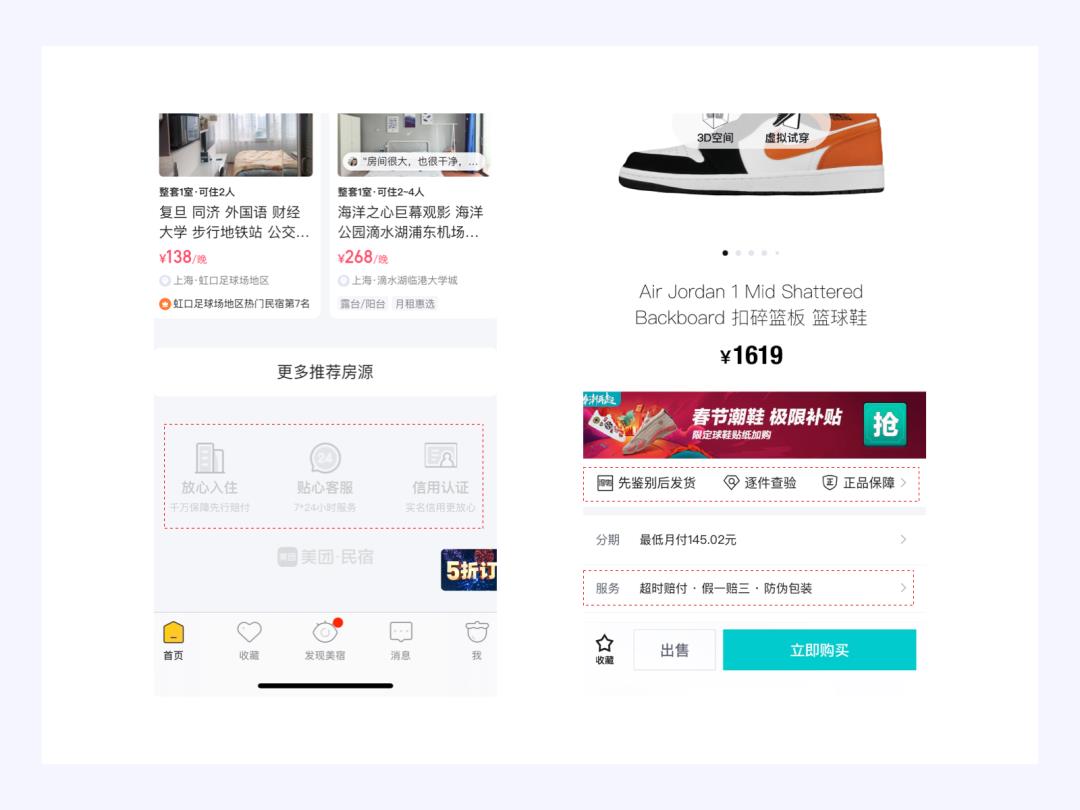
② Improve the professionalism of product design.
Product design expertise comes from design details. There is an old saying in ancient times that "people depend on clothes and horses depend on saddles". As a product form that faces users directly, UI design plays an indispensable role in giving users an intuitive feeling. It is naturally the spirit and attitude of the craftsman of this product that the designer polishes the UI attentively, and the exquisite visual design of the interface can reflect the careful and professional attitude of the design team. On the other hand, a rough product that doesn’t pay attention to details gives people the illusion that the team is not careful, not ready for long-term development, and ready to run at any time.
This is just like when we go out shopping, a shop is not cleaned, the goods on the shelves are not neatly arranged, and the same shop next door is not only well decorated, but also in good order, so if we want to go shopping, we will definitely go to that well-ordered shop.
By the same token, we need to go to the mall to buy things. The left side is rough, casual and unreliable, and the interface design on the right side looks a little stronger. When users have a comparison, they must have a safer choice for shopping with that merchant’s products.
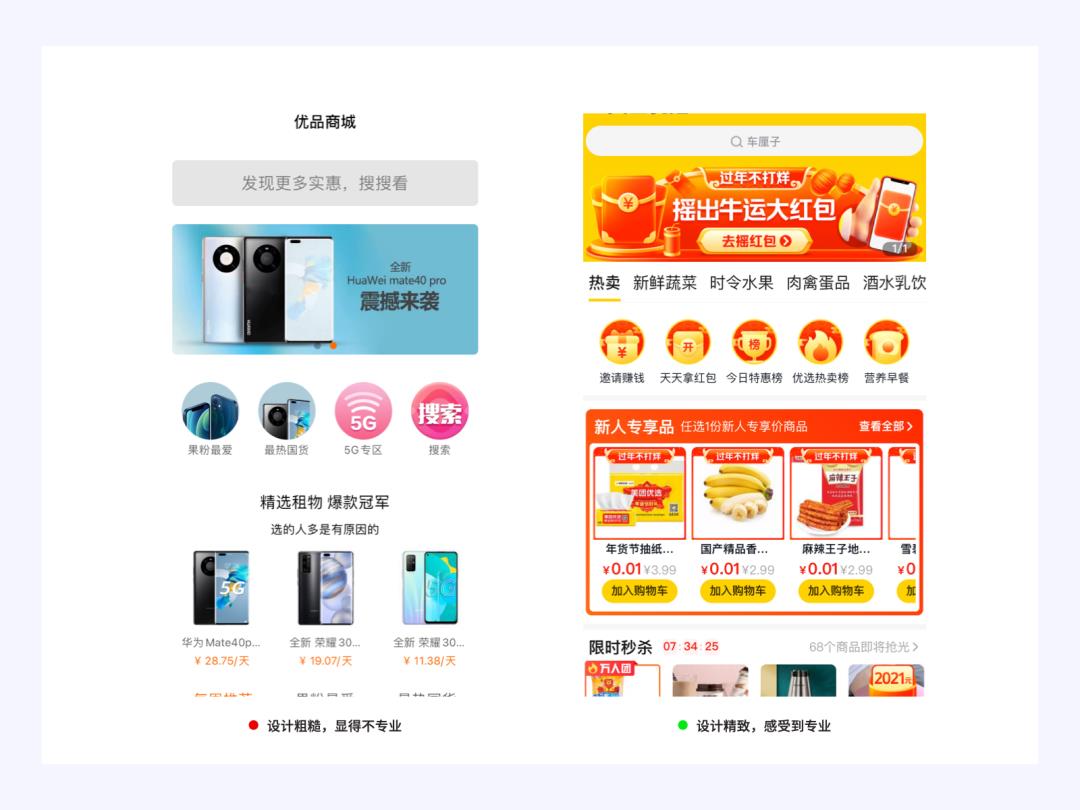
③ Brand endorsement
Products with brand endorsement are one of the most important factors that can give users safety. We can think that the queues for buying milk tea on the street are mostly milk tea shops of various brand chain stores, because the reputation of major brands has been accumulated over the years, and we are more assured of their quality and after-sales. Even if the price of the brand is not the best, people can think of some problems in safeguarding rights after buying famous brands, and products with brand endorsements can easily gain the trust of users.
The same is true for Internet products. In order to gain exposure and familiarize users with their new products, some products often choose the "Internet family bucket model" to highlight their brand endorsements to gain customers. For example, the products of Tencent and Baidu are basically branded with QQ or Baidu.
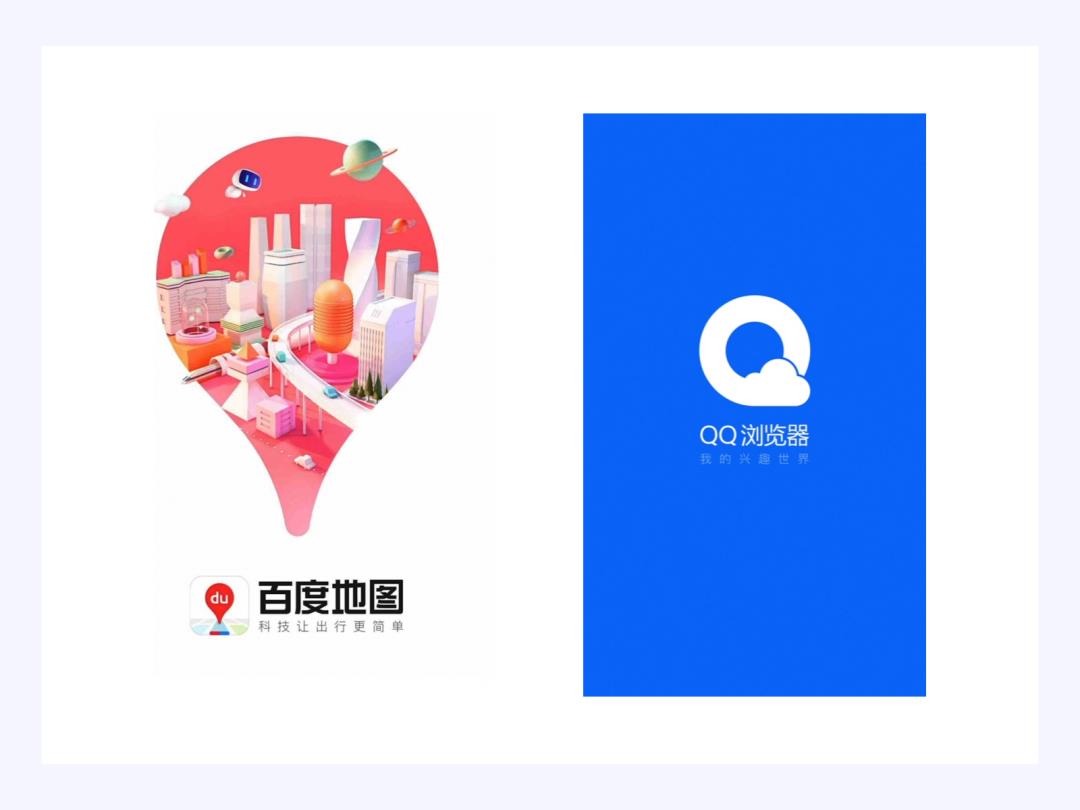
④ Create a guardian atmosphere.
In the early years, because there were many thieves on the train, there were security guards or flight attendants patrolling every carriage of the train at that time, in order to avoid accidents and give people compensation, which made people feel that security guards were guarding them.
In our product design, we can make subtle points for some sensitive operations of users to convey to users that the current operating environment is relatively safe. For example, Alipay will add funds to the user’s deposit page to buy security insurance, and if it is lost, it can cover compensation and list various security services to reassure users. When we log in to the account, our password will be displayed in the form of an asterisk, so that users can get a hint that my password will not be seen.
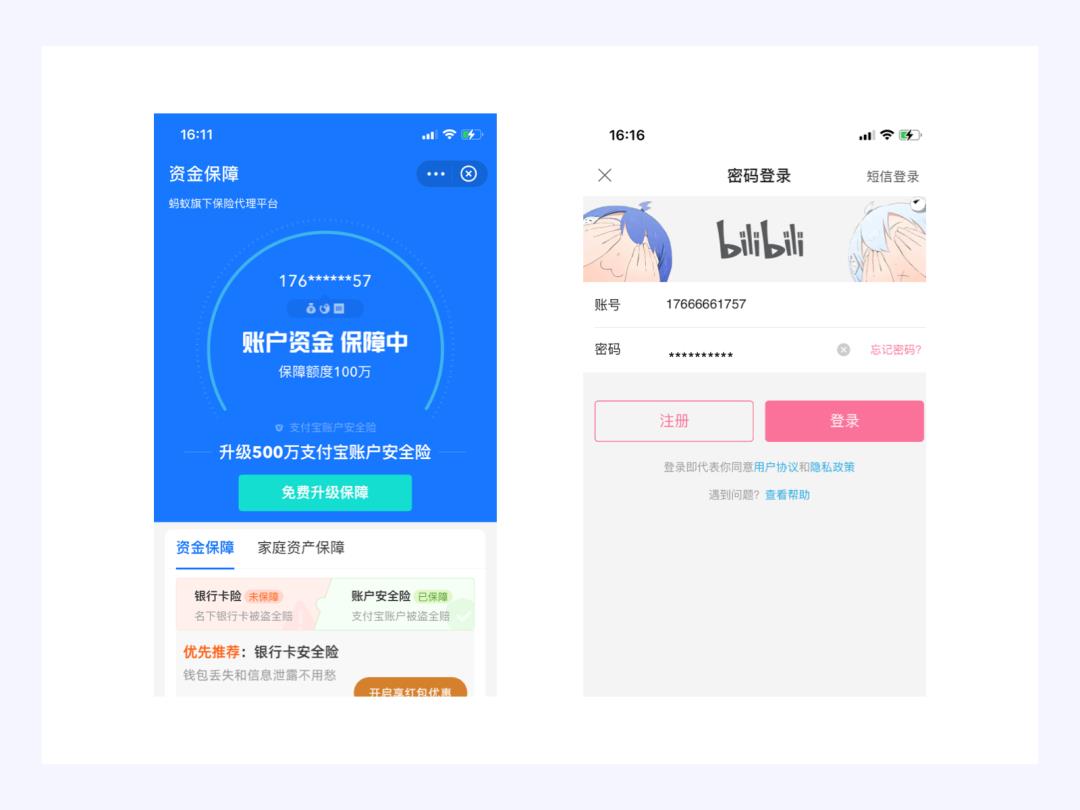
In real life, judging whether a person is reliable or not depends on whether this person is practical in speaking and speaking, and whether he likes to brag or not. Similarly, making products also needs to be down-to-earth. For example, there is a 2 yuan store near my former school, and sometimes we can shout "two yuan, two yuan for the whole audience" from the loudspeaker in the store when passing by; When we went in and visited everything in the store, we found that most of them started in 5 yuan, not even in 3 yuan.
This kind of publicity will exceed customers’ expectations, and at the same time, it will also lose the reputation of the store. It is still very difficult to rebuild the lost reputation later. Therefore, in the design and operation of our products, pragmatic publicity is the most basic condition.
① Reduce the psychological gap.
If a store has been falsely advertised for a long time, although it can get traffic in a short time, when the user uses it and the actual description is very different, the psychological gap of the user will also be great, which will lead to the feeling that the user has been cheated, and there is no trust in the product and no sense of security.
For example, I used the function of "Arriving on time when I was hungry" before. After the delivery staff timed out, I found that the payment was delayed for 10 minutes after the current time. This function is that the time situation is quite different from its function description of the keyword "Arriving on time", so my heart gap after the actual time is still large; For another example, I registered an account on a recruitment APP, and a bunch of HR invited me for an interview before I filled out my resume. When I officially filled out my resume and started to deliver it, few companies asked me to go for an interview, which would make me feel that the APP matching was perfunctory. At least, when I filled out my resume and started to match, my heart gap would not be so big.
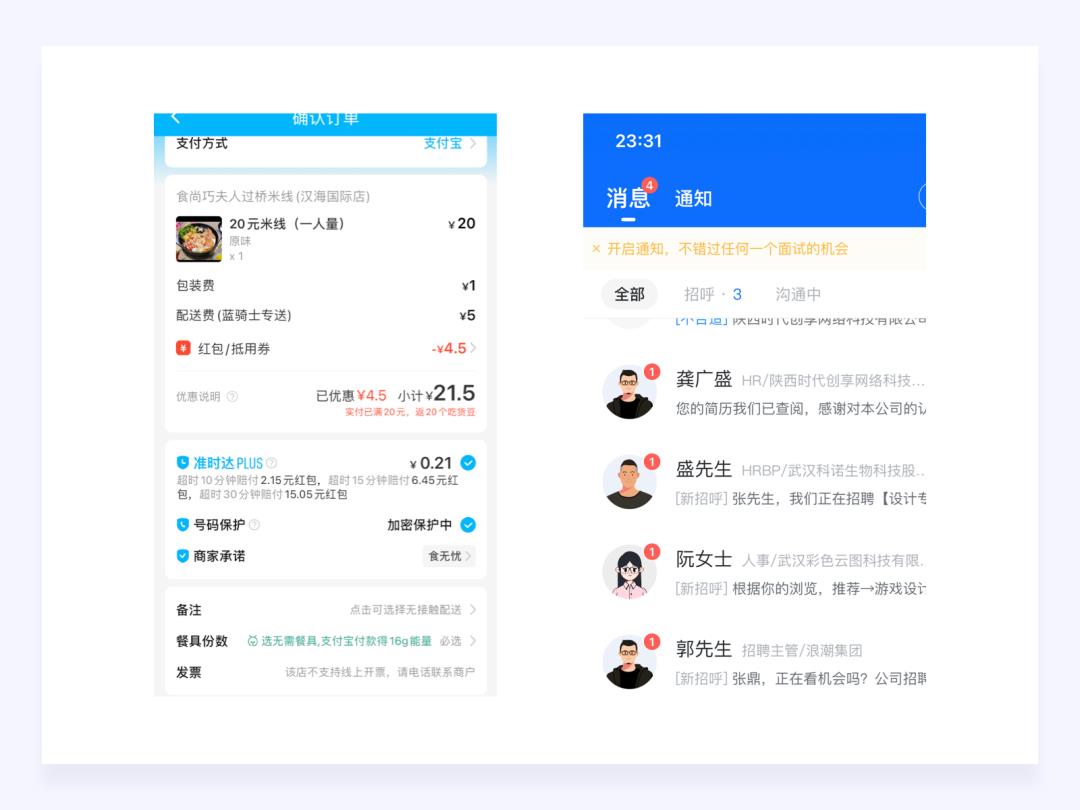
(2) reduce the bundle of the whole family bucket.
I think that when 360 antivirus came out, it was always called conscience software because it was free antivirus. Later, in order to promote its own 360 browser, after the security 360 security guard, it would automatically check and install 360 browser. Since then, 360 family barrels have been criticized by people and have been spit out to this day; Although this kind of binding is beneficial to the short-term data of the software to look good, it is difficult to eliminate the negative impression of the user on the software manufacturer. However, if it is like that agreement, we will not check the options automatically, which can reduce our operation steps. This user will not have any opinions, because most users will not look at the user agreement.
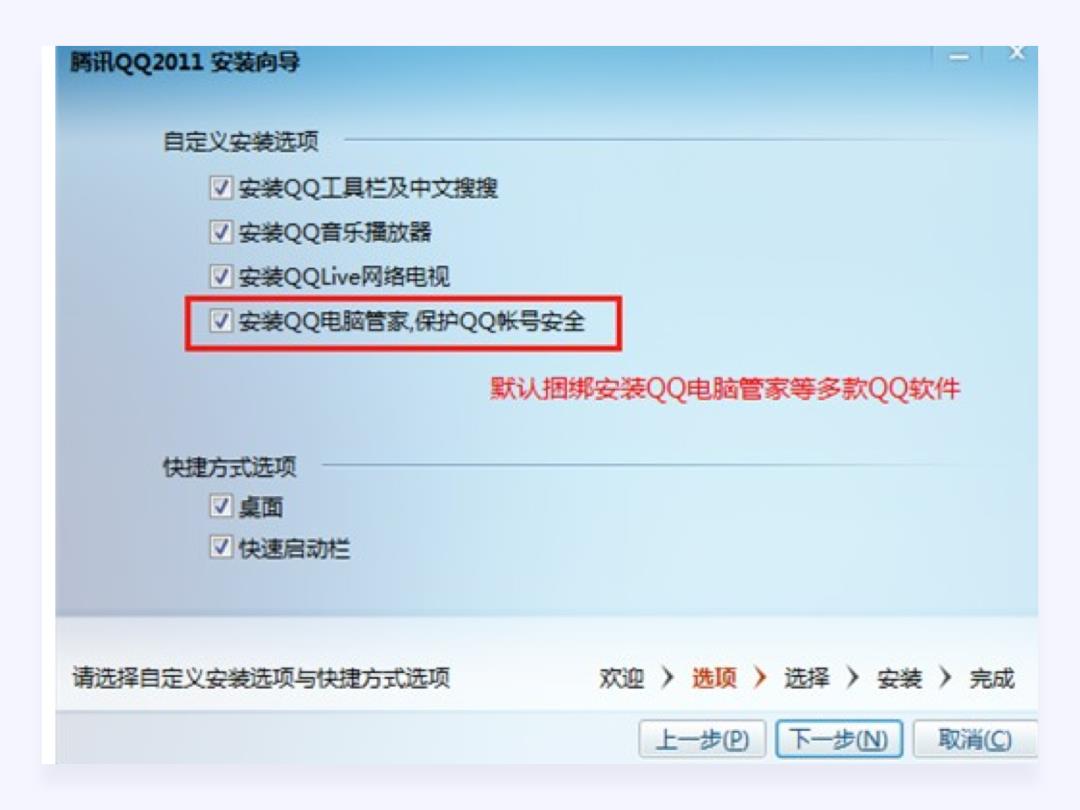
No matter how simple the design of a product is, it is inevitable that users will make mistakes for various reasons during the use. The user groups of Internet products are complex and diverse, and the differences in educational background, behavior habits and complex usage scenarios will make the real operation of users different from the expectations at the beginning of product design. In addition, some factors in the product, such as complex product path and poor logic, may also cause users to fail to complete the task smoothly, or the efficiency of completing the task is low and the error rate is high.
If a product fails to correct mistakes in time to help users recover losses, it will bring users a bad user experience, which is also a design defect of the product. Therefore, designers should have good fault-tolerant design thinking, try to avoid the occurrence of user’s wrong operation, help users identify and diagnose wrong operation, feedback problems in time, and propose effective solutions to help users recover from mistakes quickly. Finally, it can make the product easier to use, bring better user experience to users, and make the communication between users and products smoother.
① Avoid learned helplessness.
Learned helplessness refers to a person’s helpless psychological state and behavior when facing problems after experiencing failures and setbacks.
When a person is confronted with a problem, the psychological state of helplessness will reduce his enthusiasm. For example, the developer of an online game found that there were a lot of users losing in a certain period of time, so by deriving the last login time of the user and the footprint of the game, it was found that a large number of gamers were working on a copy for the last time. Through repeated verification by game testers, it was found that the current copy was too difficult in this level of scene, and the players tried many times without any psychological feelings.
For example, in the products we use, some labels are specially made like buttons, which will induce users to try to click, and then users try to click many times, but there is no response. After repeated several times, this is the performance of learned helplessness. Users will feel this way because the design itself is ambiguous and there is no hint of what happened after clicking. Therefore, in the case of partial weak network status, most apps will make a blank state of weak network status or display a loading progress bar during the loading process. When we edit something or write an article, we should also give a hint if it is automatically saved or saved, informing users that free users have unnecessary psychological fluctuations.
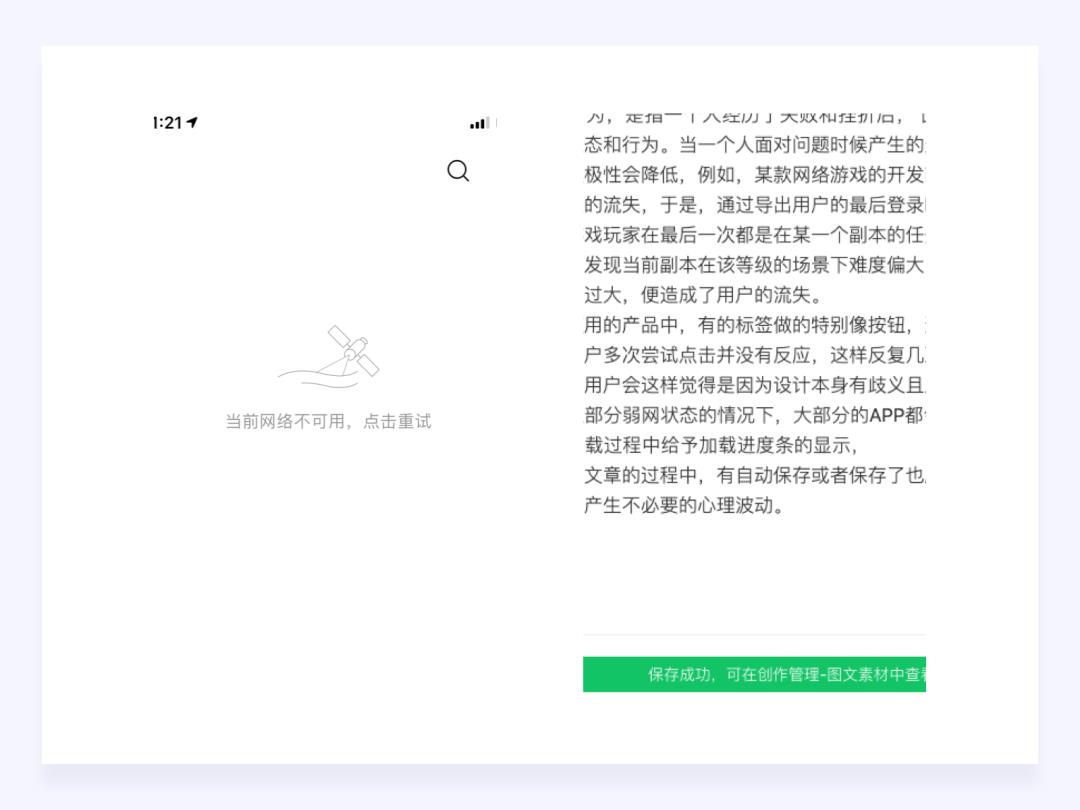
When we were young, we must have been surprised when other friends suddenly jumped out. In fact, at this time, we were not psychologically prepared. If we knew in advance where we would jump out, we would actually be prepared and less afraid.
(1) respect habits.
We designers all have the desire to innovate, but our innovation must not change our usual habits. For example, when we use a water heater, we are used to hot water to the left and cold water to the right. If we don’t change this habit, users will definitely be frightened when using it, instead of feeling the sincerity of innovation. Such innovation will lead users to have a bad impression on the brand’s products, and they will feel unsafe when using it.
Everyone’s habits are different in different countries. For example, the design version of Amazon in other countries is different from that in China. Because China is used to the layout of shopping malls like Taobao, the habit has been developed by Taobao, so the domestic version of Amazon has chosen to respect the habit of local users.
 ⑤ Know the result in advance.
⑤ Know the result in advance.
For example, when we are waiting for the subway at the subway station, the subway station usually has a display screen to tell me how long it will take for our next subway station to arrive, so as not to arrange the time reasonably, for example, we can simply call back when it takes a long time, thus eliminating the anxiety of waiting.
The same is true in product design. When the user finishes a process, we need to inform the user of the waiting time. For example, when we withdraw cash, Alipay and WeChat will roughly tell us how long it will take for the withdrawn amount to reach the bank card, and how many days after we transfer the wealth management products to Yu ‘ebao or the fund, we can check it later. After we buy the goods from Taobao, we can complain if we don’t deliver them for 72 days. This is for the user to know the results in advance.
There is no need to wait meaningless, let users have psychological expectations for their own operations and give feedback immediately, so that they will not feel insecure.
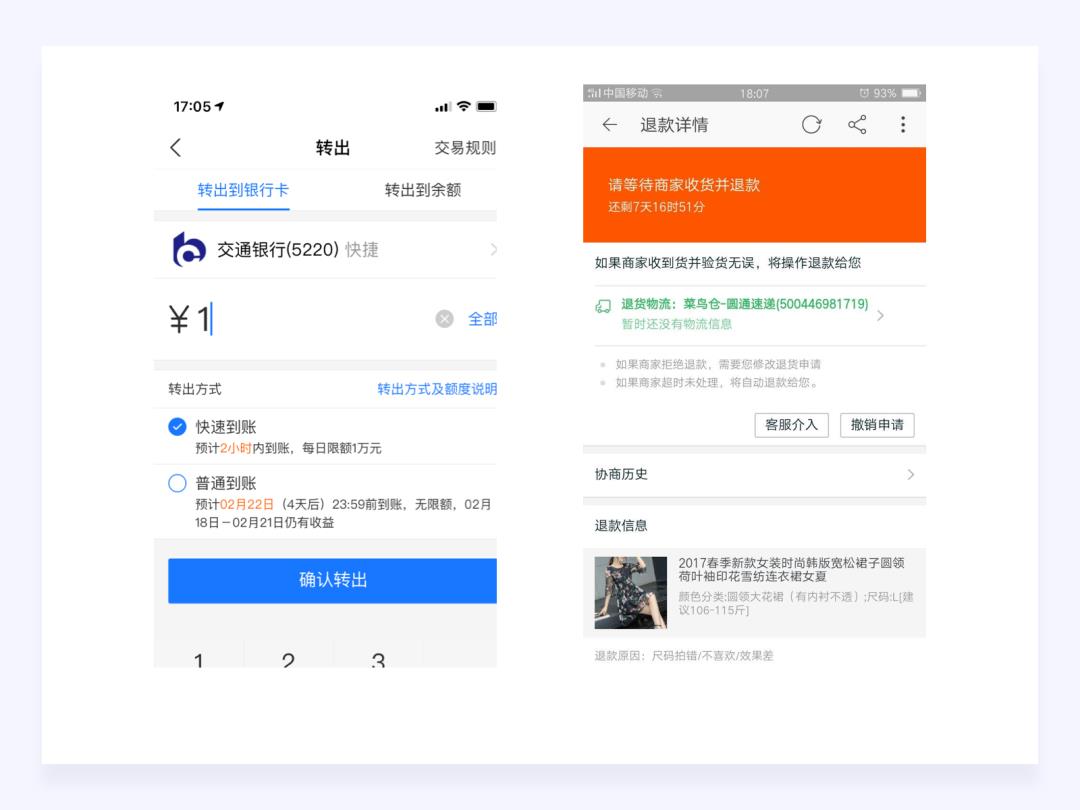
In Maslow’s view, there are two different needs in the human value system. One is the instinct or impulse that gradually weakens along the rising direction of biological pedigree, which is called low-level needs and physiological needs. One kind is the potential or need that gradually appears with the evolution of organisms, which is called advanced need. People have hidden these five different levels of needs, but the urgency of various needs in different periods is different. The most urgent needs of people are the main reason and motivation to motivate people to act. People’s needs are gradually transformed from external satisfaction to internal satisfaction.
Therefore, when users get spiritual or material affirmation in products, users will get a sense of accomplishment in our products, because everyone has different desires and needs different spiritual and material requirements, so a good emotional design is to make different users feel a sense of accomplishment.
So let’s sum up four points: being willing to share, customizing services, raising the threshold, and creating surprises.
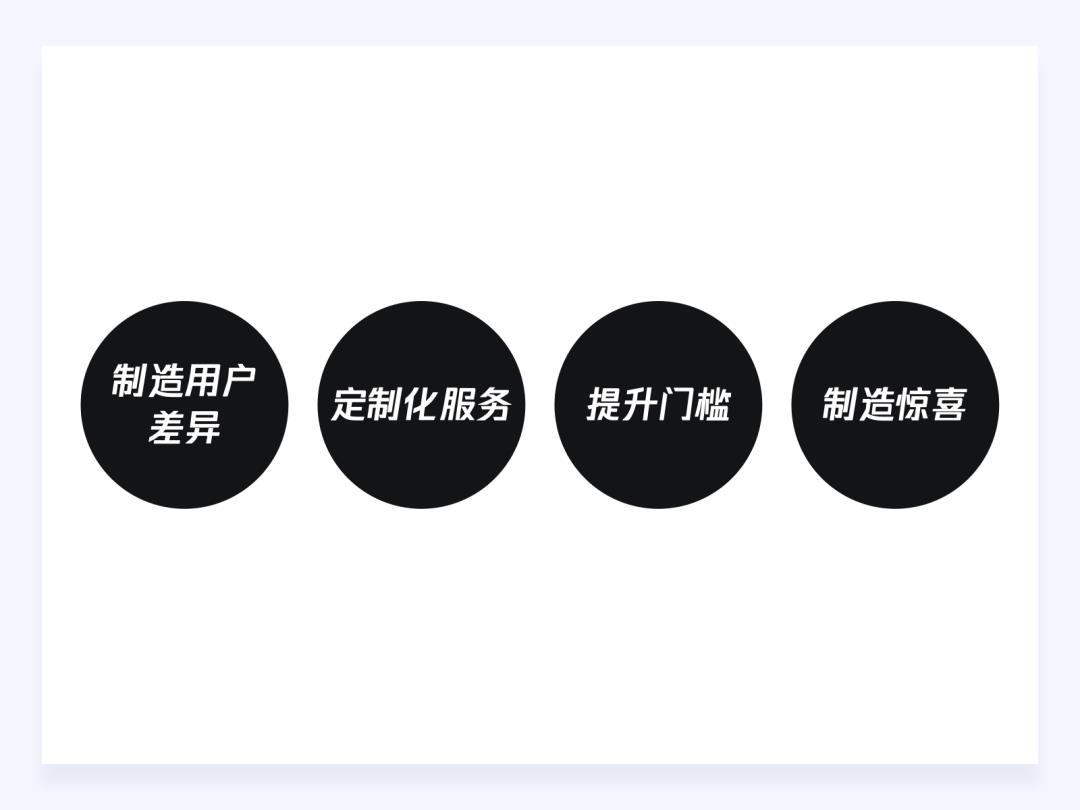
1) manufacturing user differences
Users are willing to show their differences with others, such as the skin of vehicles and the skin of pets in QQ, which will not bring any auxiliary bonus to the game, but it is because they can create differences between themselves and non-paying players that they are deeply loved by players. We want to create differences in products, and we can make efforts from the following two strategies: protagonist sharing and competitive ranking.
1 protagonist sharing
The design form of sharing needs to follow the user-centered form, which is to enlarge the difference between individuals and others. For example, when we play the game, whether we won the MVP in the glory of the king or set a new record in the flying car, we will add an interface to promote users to share with friends after the game. This strategy is to enlarge its own highlights. Futu Niu Niu will give users a title and the amount of increase when the user’s stock has risen, and remind users to share it. This strategy is to satisfy users at the psychological level; It can also be recognized by others, thus giving users achievements on the spiritual level.
In Maslow’s hierarchy of needs, the willingness to share not only meets the design needs of the third layer, but also meets the respect needs of the fourth layer. So as to give achievements in the use process.
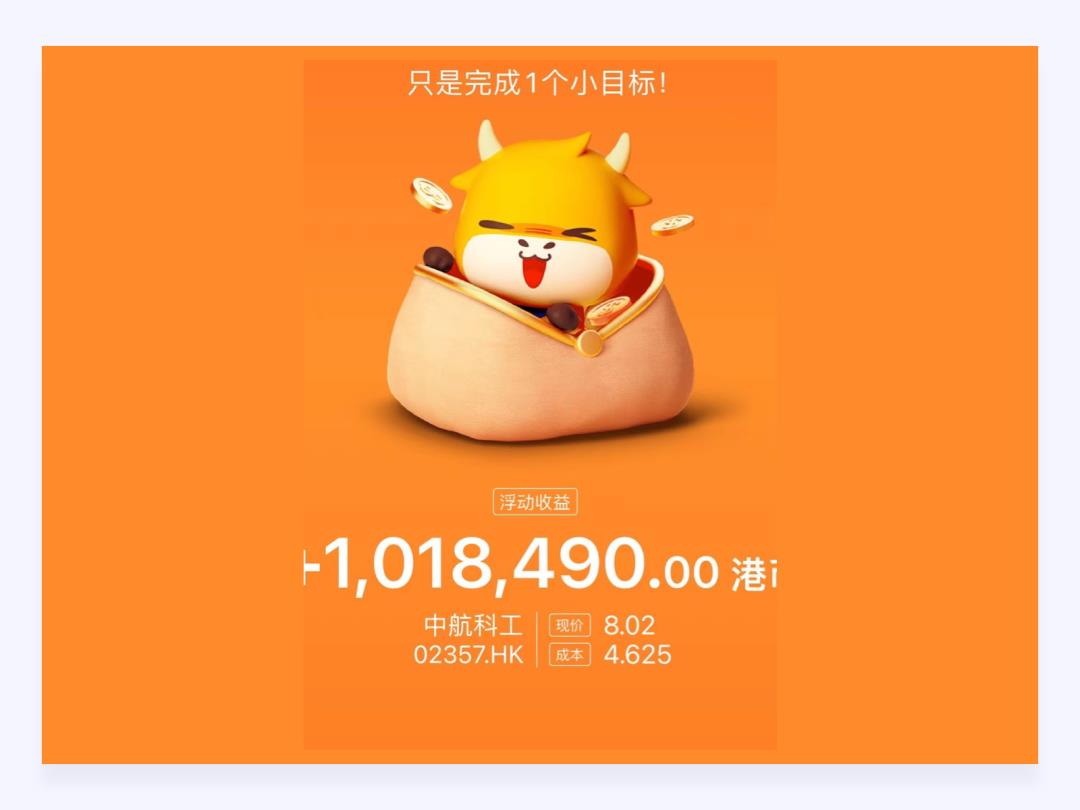
② Competitive ranking
People’s competitive mentality is innate, which is the gene engraved in people’s bones. For example, when we are studying in school, the class discipline and the cleanliness of the classroom will affect the ranking of civilized typesetting, and we will make up our minds to study hard because we failed to do well in the exam once.
In product design, Tencent has its own social attributes, so Tencent has used competitive ranking to do qualifying in a variety of games many times, and the game "Jump" used by WeChat to promote small programs and the previous "All People Hit the Plane", watching their achievements surpass their friends again and again, can give users a sense of accomplishment, and the ranking will also make users fascinated.
For example, in the early QQ level, how many people hung QQ day and night in order to upgrade to the next level? On the live broadcast platform, the more they spent, the higher the level they showed when they entered the live broadcast room, so as to stimulate users to spend, all through ranking to give users a sense of accomplishment in product use.
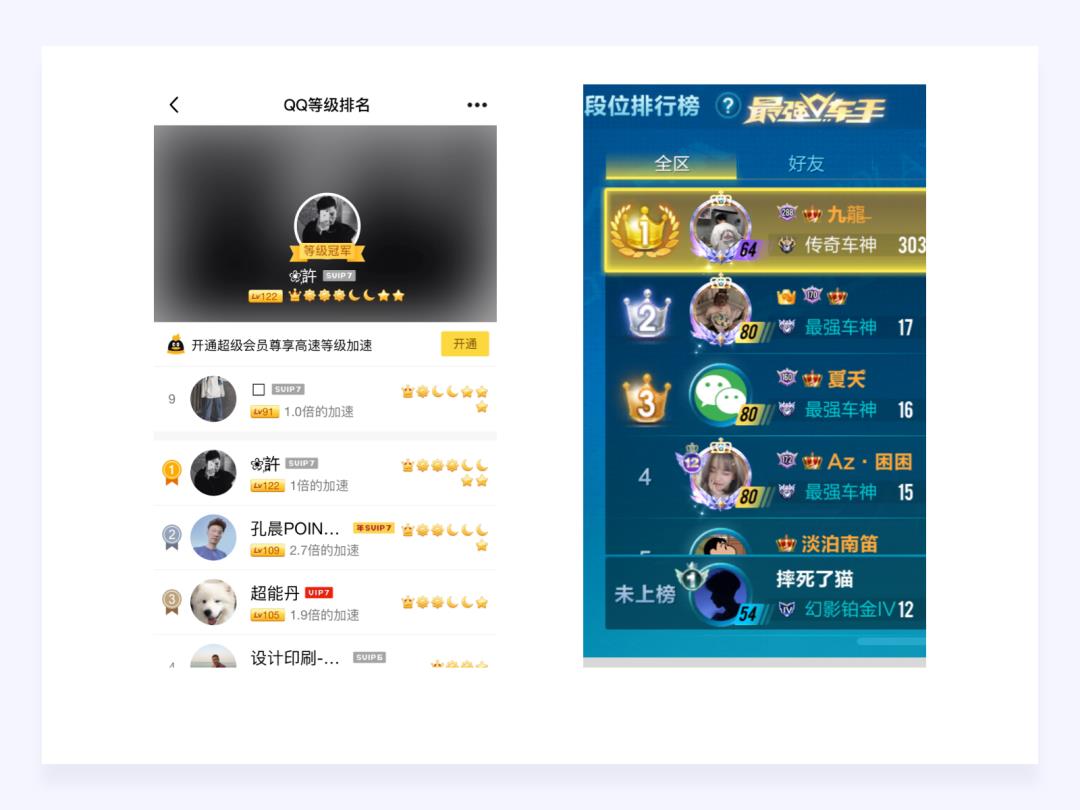
2) Customized service
Each of us is an individual. When we buy new clothes, we don’t like to drink others’ shirts. We make friends and get along with people who value us, because each of us likes the feeling of being treated uniquely, which is the same in product design. If we can’t let users feel the sense of exclusivity given by APP in products, it will make users feel a sense of self-recognition.
① Design user-specific elements
In our cognition, exclusivity means that only a few people can own it, and it is a relatively scarce product with limited supply. Therefore, most of such words will appear in the promotion and marketing of luxury products. In the design of products, creating a sense of exclusivity for users through design means will make users feel that products understand me very well and serve me.
For example, Tencent Video will design exclusive member business cards for its own membership system, as well as exclusive labels and avatars when sending barrage. When the new account is nailed, an avatar will be generated according to your name. These details will make users feel that the product is serving me and show their uniqueness, thus giving them a sense of accomplishment psychologically.
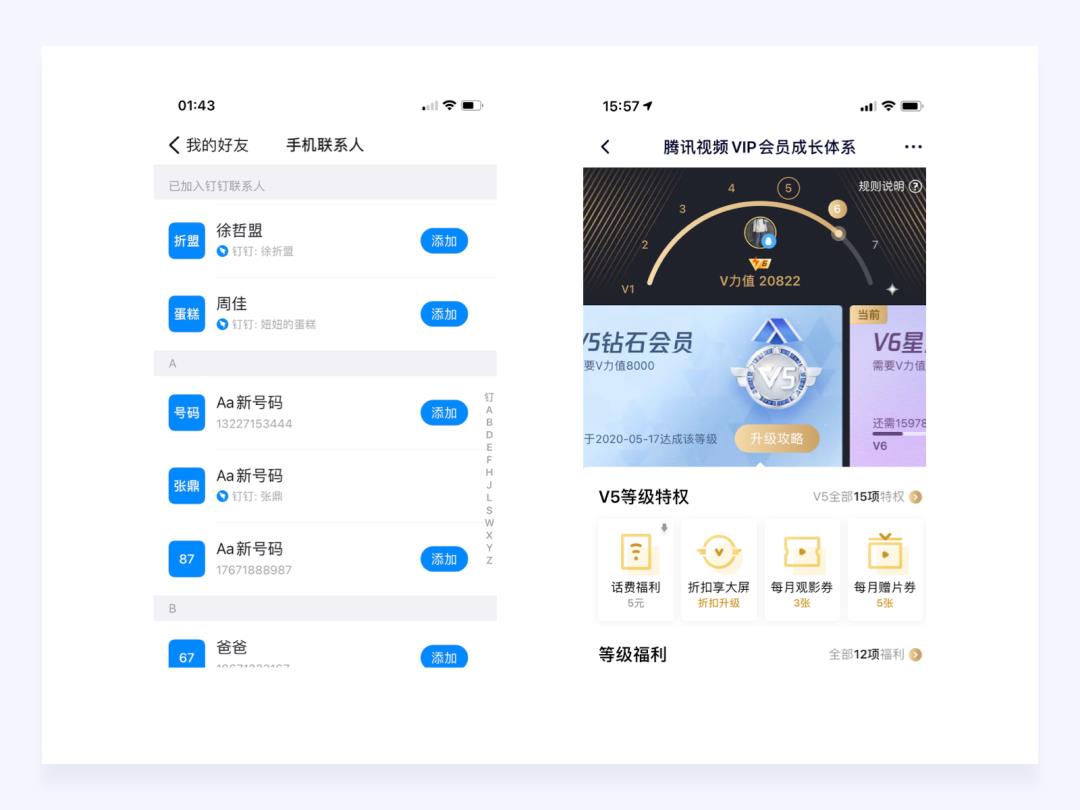
② Remember the user’s name.
The name of each of us is like a unique symbol. No matter who is in what position, the name is the way to distinguish him from others. In the past, our company had such a corporate culture. When a new employee came to join the team, we all introduced ourselves to each other, and then we took some time to see if we could remember each other’s names. Those who could not answer them needed to buy water for each other. Although this is only a small game, it is a way to promote newcomers to quickly integrate into the team.
For example, when we use Douban and Zhihu, we can find that the systems of these two products will be sent with the user ID, which will make users feel that they have a sense of accomplishment.
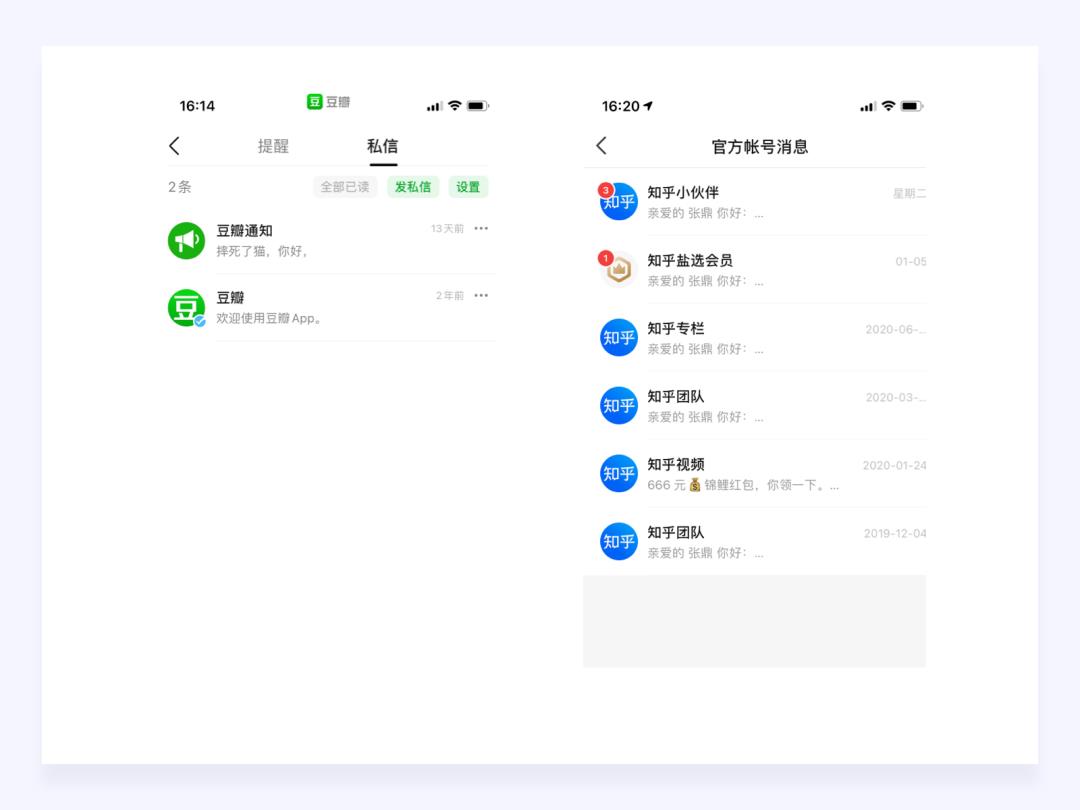
3) Raise the threshold
There has always been an old saying in China that free is the most expensive thing. It is said that if this thing is given to you for free, then the merchants will definitely cheat you in other places, and so do my parents at home. When we give users some gifts or gifts, if there is no threshold, users will definitely not cherish it, and they will not care if they get it, and they will not have a sense of accomplishment.
Free products need to be padded to get them.
When we need to dispel users’ doubts about the concept of "free delivery", the best way is to create a threshold for users, which is not too difficult, otherwise users will also measure whether this thing and the effort are worth it in their hearts, and the control of the threshold needs to be obtained by letting users step on their feet; For example, when I go to buy Zhou Heiya, my boss will let me spend 1 yuan to buy a bottle of drinks. This 1 yuan is the threshold set by my boss. Of course, my boss can also give it to me for free. If my boss sends me drinks directly, I will think that his business is profitable after all. I bought a Zhou Heiya with more than 10 yuan, but he even gave me drinks. It seems that he earned a lot. This threshold will make me not have such ambiguity.
In product design, users will also have this kind of psychology. For example, during the Chinese New Year this year, Tik Tok launched an activity to invite people all over the country to watch movies. This can not only promote their own apps, but also activate old users in a short time. It is difficult for Tik Tok to start snapping at 8 o’clock every day, and it is of course happy to grab users’ hearts. Because I got a 50-yuan movie coupon, at the moment when I got the discount, the user must be full of achievements, because I grabbed it myself.
There are also some products that will be set at a low price, that is, when to buy a specific price, and inform users that it is quantitative, so that users who get the products will have achievements and satisfaction.
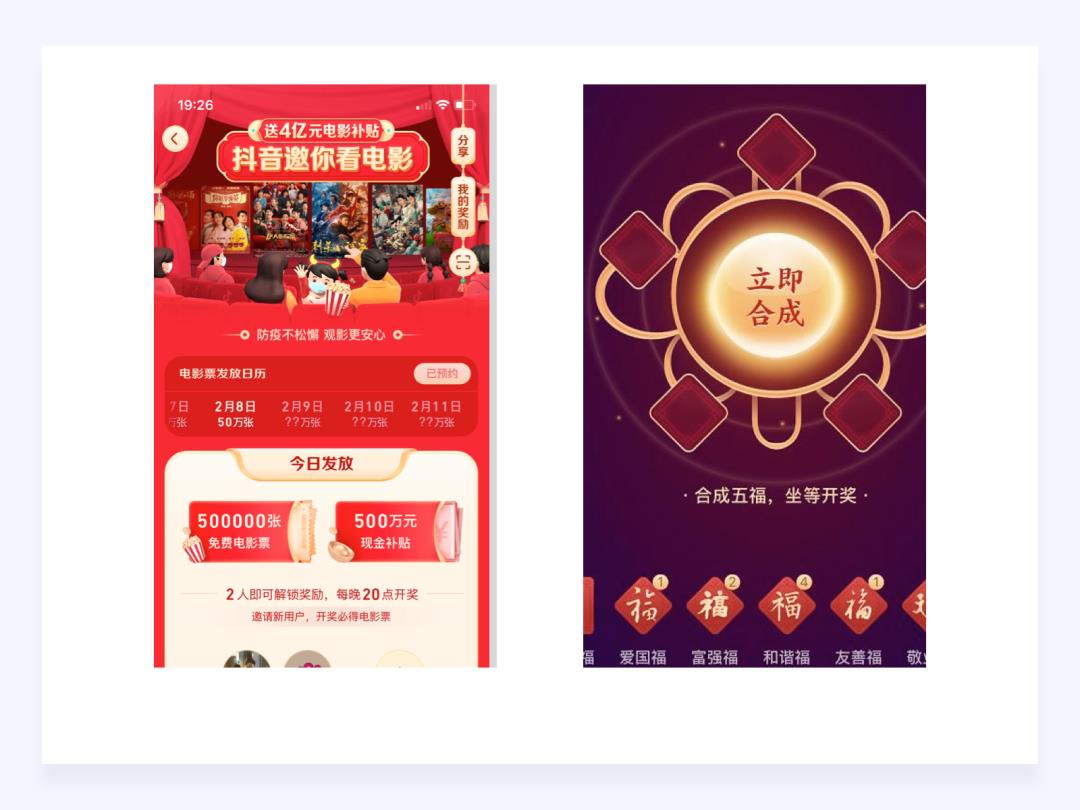
At present, the design mode of products has become increasingly mature, and most functions have become essential functions. In addition, most product tracks on the market have formed their own head products, because we will follow the user habits that have been cultivated in the head when designing, and such design thinking will cause certain limitations; Therefore, if we want to surprise users in the details of design, we should try our best to give them new experiences, so that our products can stand out. When we influence users by creating surprises, we can take action from the following two strategies.
① Uncertainty is full of expectation.
Why people are addicted to gambling and playing cards is a big factor because the next one is full of possibilities. No matter how this one loses, the next one can make people full of confidence. From another angle, if we quantify what we get from playing cards and gambling, for example, if you play cards for one day and I pay you 100 yuan a day, then the addiction to playing cards will not be so great, because no matter how you play, it will be fixed every day, as boring as going to work and lose its uncertainty.
Therefore, the lottery game designed by the product for users to try again and again is to make users look forward to it in uncertainty. When users get rewards by their own luck, that moment is full of sense of accomplishment.
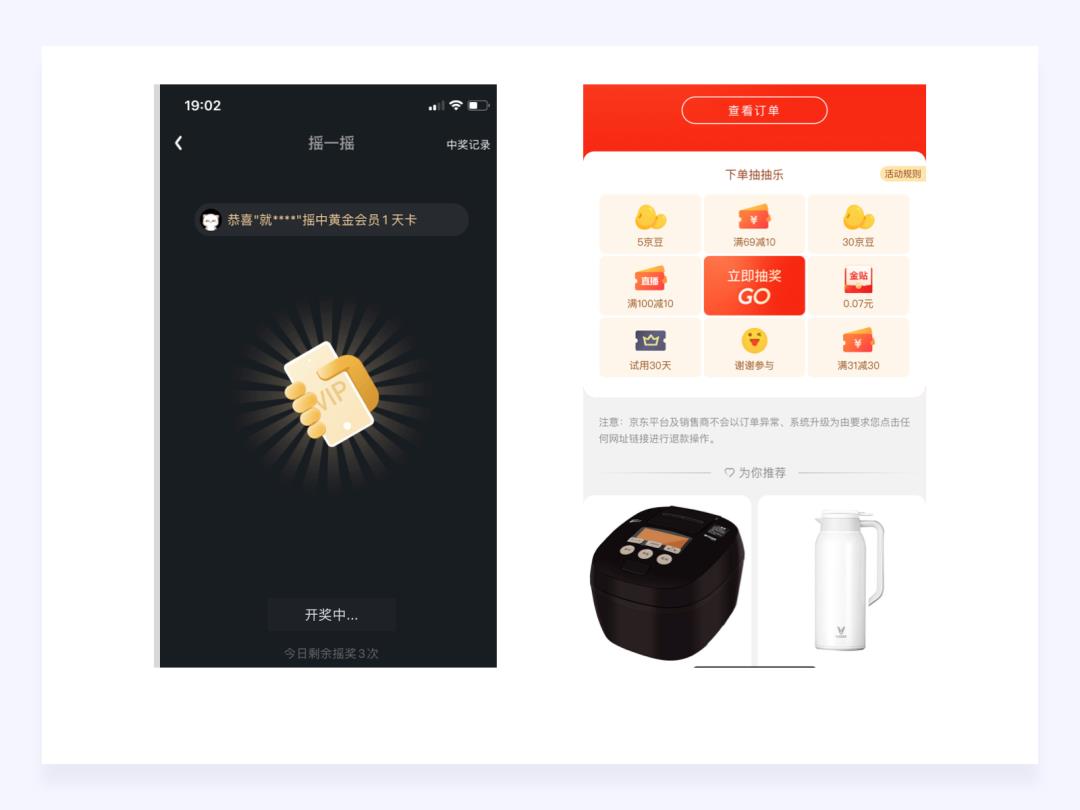
(2) Embedding eggs in products.
Eggs originated from the Easter egg-hunting game in the west, and are often used to refer to interesting details that will be ignored if not carefully searched in movies; There are also movie clips (usually humorous scenes or plot clues related to sequels) that appear when the credits are scrolled or after the movie plot ends.
We can also use similar egg design in product design. The eggs in product design mainly come from the innovation of interactive designers for some details, that is, after users use the product normally and efficiently, they will give users unexpected surprises without affecting their operations.
For example, in WeChat, if you enter Pepsi-Cola, you will really drop the filled coke. The placement of this advertisement will not affect the user, and it will be a little something. In today’s headline client’s like function, long press like will come out with a combo display, giving users positive feedback.
So all surprises and colored eggs are the first experience of users. If an idea appears repeatedly, users will not be so surprised if they have psychological expectations. Therefore, designers must polish the details of products in the process of designing products, and users will have different experiences every time they keep trying. Not only will users have a sense of pleasure after using it and a sense of accomplishment in discovering surprises, but designers will also have a sense of accomplishment in constantly giving users surprises.

When we go to work in a strange new team, after work, the boys will shout out for a cigarette together, so our relationship will be much closer when we smoke in the stairwell, and we will chat a lot.
When we receive praise or appreciation from others, we will have a sense of pleasure in our hearts, and we will also get close to and like this person. It is mutual to establish a good intimate relationship. Only when the product is user-friendly, users will have a friendly intimacy with the product.
Positive and correct communication can make users get closer to products, enhance friendship, improve their psychological accounts, and facilitate commercialization. For example, just after getting paid today, a stall passing by the street is selling fruits and cherries, which are now more expensive. Because this may belong to personal expenses, we may put up with it in order to save money at the beginning. Then, in another scene, at this time, a friend suddenly visits and comes to see you at home. At this time, we may be very big.
Therefore, in the product, many paid items will also be reasonably emotional to guide users to different psychological accounts, so as to improve the payment rate.
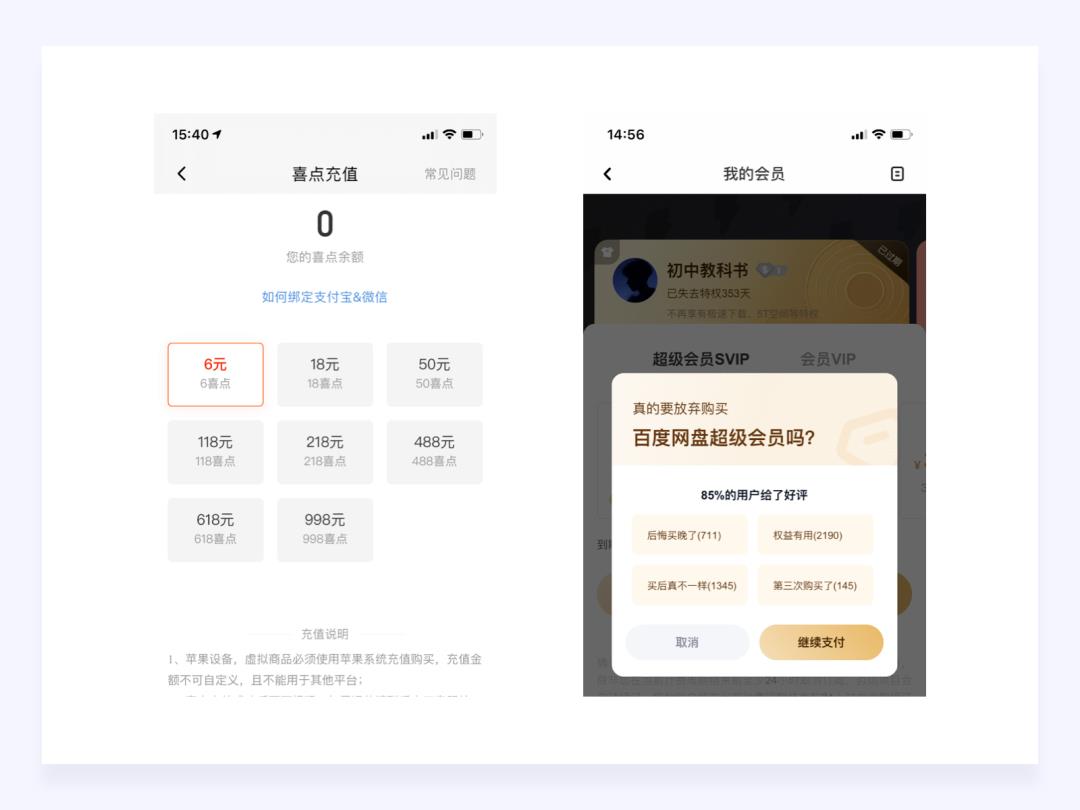
Then we can start from four points to close the relationship with users in product design: increasing communication, lowering posture, atmosphere marketing and barrier-free design.
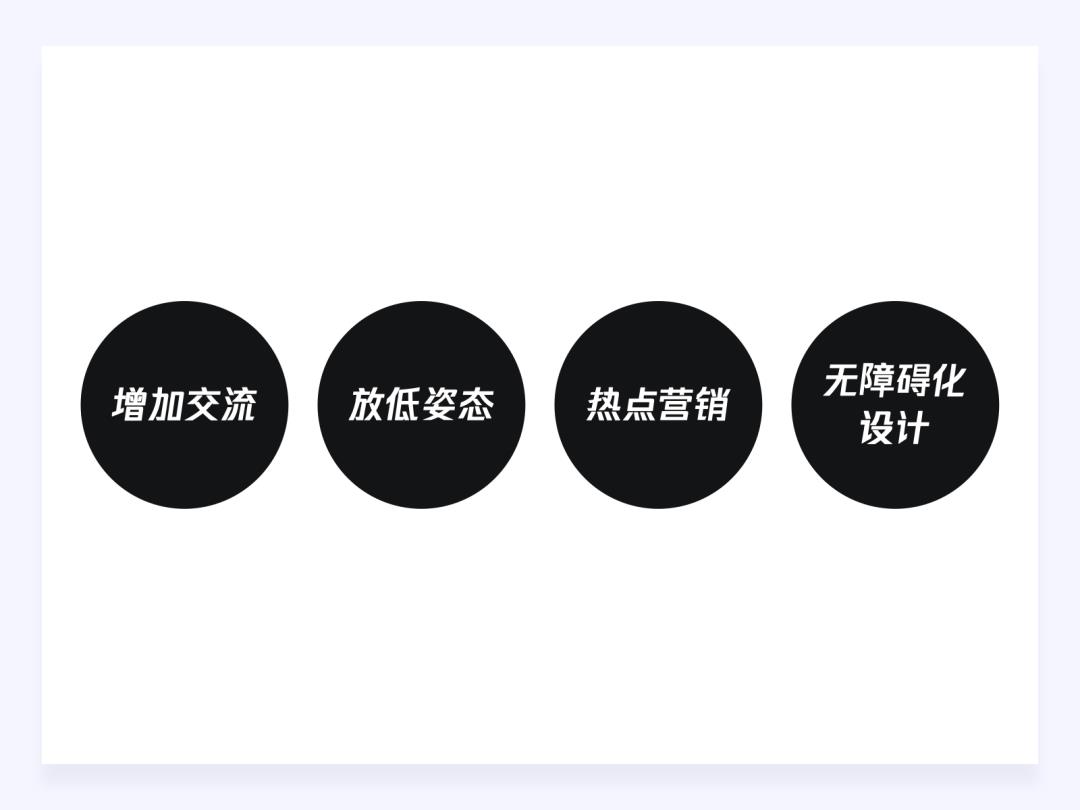
1) Increase communication
Products are always unsatisfactory in the design process. If we don’t set up channels for users to talk, users are likely to give up the product because of their dissatisfaction. Then a reasonable communication design should be designed from two aspects: encouraging communication and using pop-ups reasonably.
① Encourage communication.
There’s an old saying in China that says, "A dumb person can’t say anything when he eats Rhizoma Coptidis", which means that he has a pain in his heart, but he can’t say it. It is often used to describe people who have something to hide, have no way to talk or have no one to talk to. Then, in the process of using the product, we need to let users find channels to talk.
For example, in the process of brushing videos in Tik Tok, we can feedback that we don’t like videos, and Tik Tok will recommend similar videos next time. This is to let users’ dissatisfaction be vented, and we can click on disliked advertisements in WeChat circle of friends to avoid recommending them. WeChat will also feedback that we won’t recommend similar advertisements next time. This product design belongs to the unified battlefield of products and users, and the relationship between them is brought closer by communication.
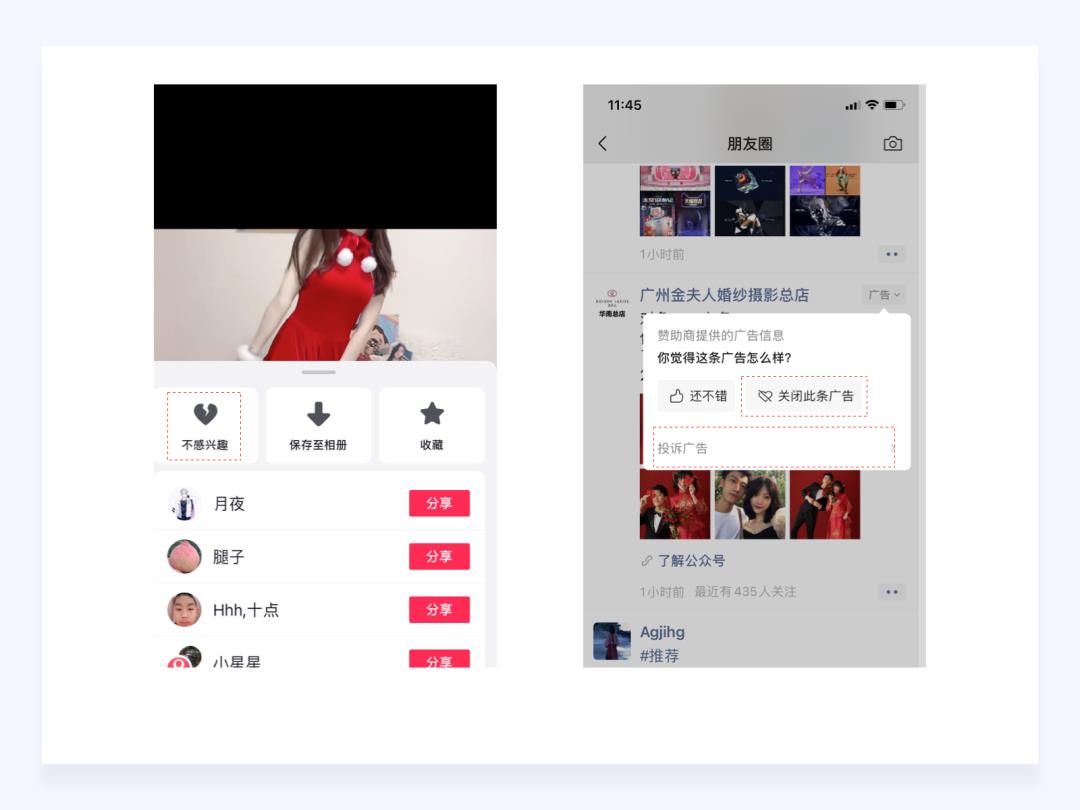
② Reasonable use of pop-up windows
In the product design, pop-up is a very unpleasant design. We have all played in the glory of the king. Every time we enter, it takes at least 30 seconds for us to close the pop-up window in the glory of the king, and we will not look at it carefully. Therefore, the pop-up window must be used reasonably, otherwise it will easily lead to the user’s plan. If we can use the system notification to solve the problem, we should try to use the notification.
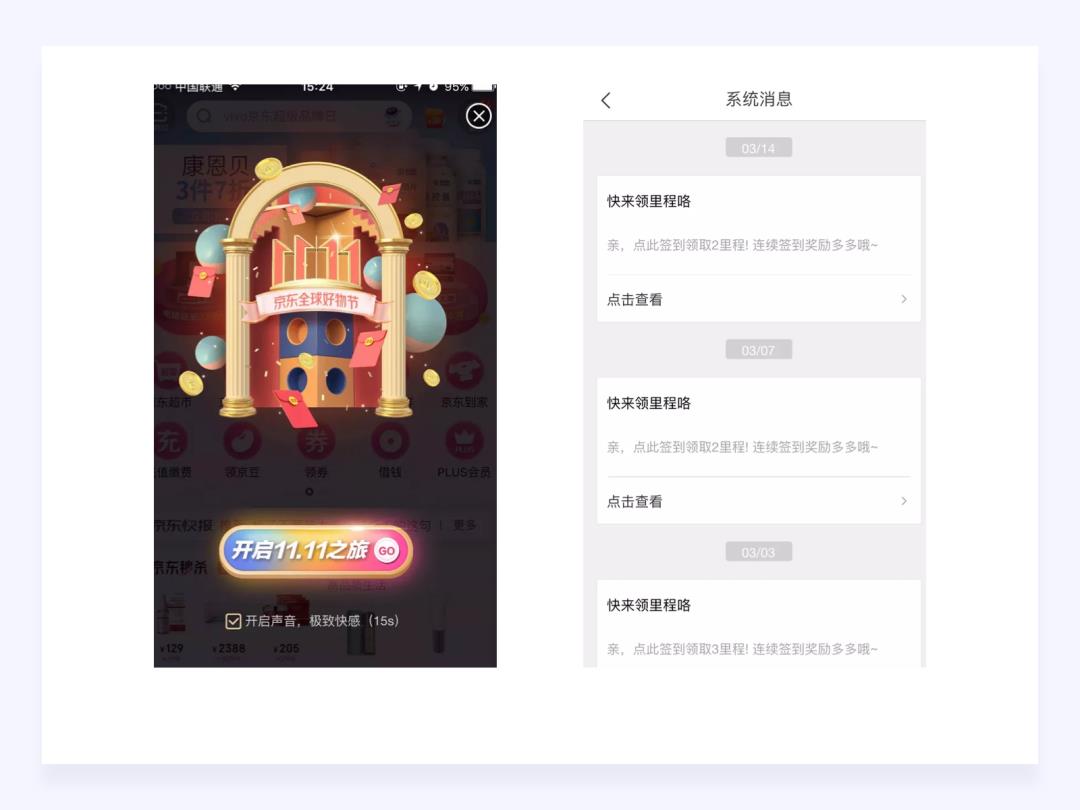
③ Rational use of small animation.
Only through communication can people have feelings. People who have traveled in Shenzhen basically know that people are in a hurry at the peak hours of going to work and getting off work every day. When they get home, they are locked in their rented houses to do their own things, and they feel that people are relatively indifferent. However, I feel different when I return to my hometown during the Spring Festival this year. During the day, everyone will bask in the sun at their doorstep and occasionally drop in to chat. After all, it is human.
The same is true for product design. We add interesting little animations to our products, which can make users feel our enthusiasm, at least interesting and differentiated products, which can make users feel warm and draw closer to each other.
2) communication needs sincerity
There are many ways for us to communicate, some are perfunctory replies, some are sincere replies, and we also need to pay attention to the ways in the communication procedures, so that users can feel warm and sincere, so that users will be willing to be friends with products, thus drawing closer relations.
① Friendly service attitude
We have always heard of Haidilao. What really makes Haidilao out of the circle is its meticulous service, which will drive many people to try Haidilao’s meticulous service and feel the enthusiasm of the waiters. This theory is also possible in products, because our products are made to serve users and solve their needs.
When you are hungry, you will use anthropomorphic message notification. For example, if you welcome users to plant trees, you will say, "Master, you haven’t watered for seven days, or I will die of thirst if you don’t come." In a low-profile way, users will be moved to open the push message, which will name you hungry as Hungry Xiaobao. It feels like the push message accompanying our friends and Xiaohongshu is the same strategy. All of them are anthropomorphic ways to increase the affinity of products and make them
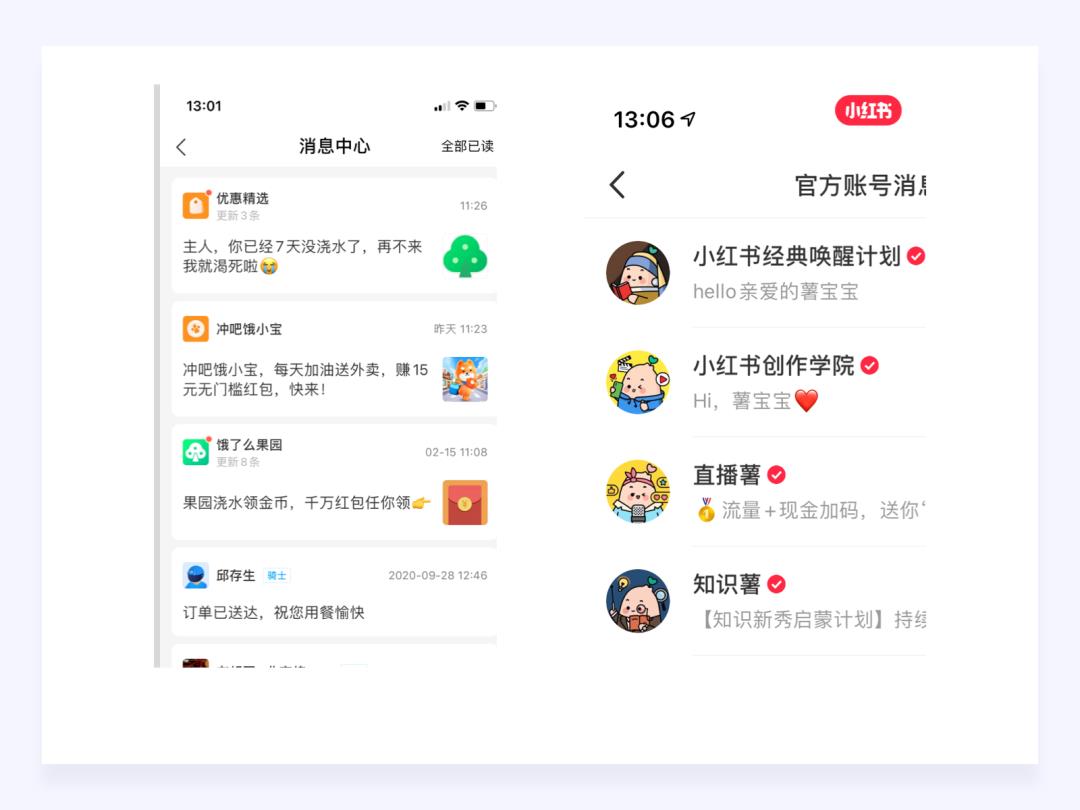
② Humor narrows the distance.
We will like to get along and chat with humorous people in real life, because such people will add a little interest to our boring life. Adding humorous elements to products can also bring the relationship between products and users closer and enhance users’ stickiness.
For example, when sogou’s input method is disconnected, there will be a prompt "Oops ~ the network has been disconnected, Wang Zi has gone to space", which will help users adjust some negative emotions in a playful and humorous way to divert their attention. When Alipay browses to the bottom, there will be a copy "I have a bottom line", which will give people a lovely and accessible psychological feeling.
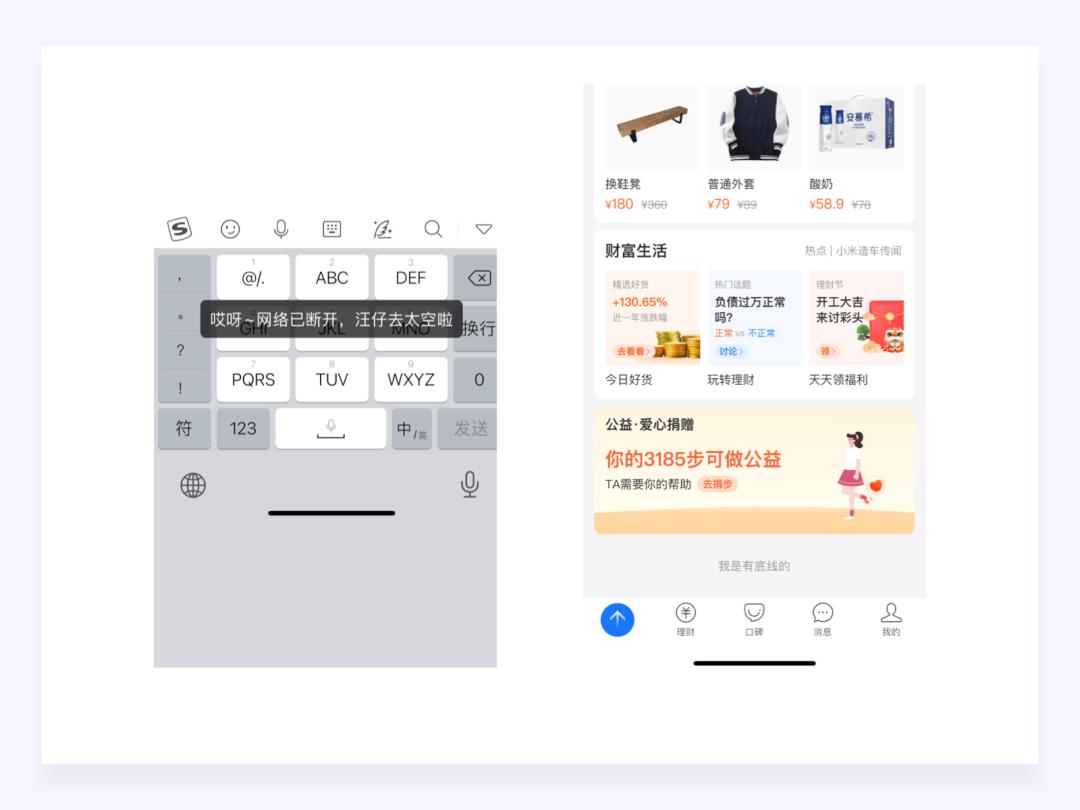
3) Atmosphere marketing
We always like all kinds of lively festivals. When there are some positive hot spots in the society, we need to integrate them into our products reasonably, which will make users feel that we are with them, so as to enhance users’ attention and goodwill towards products and enhance their attractiveness.
① Remember the days that are important to users.
Every one of us is eager to be noticed. No matter the user’s birthday or the day when the user first registered for the APP, every user is eager to receive blessings. If the product can create a unique atmosphere and send blessings on the user’s special date, the relationship between the user and the product will be closer.
For example, on the user’s birthday, Alipay will replace the splash screen with a birthday greeting, Netease Cloud Music will also turn the icon into a hAPPy birthday on the user’s birthday, and Douban will send its own greeting on the splash screen on the day when the user registers for the app. These designs will make users feel that the product understands me and cares about my feelings, thus bringing the relationship closer to each other.
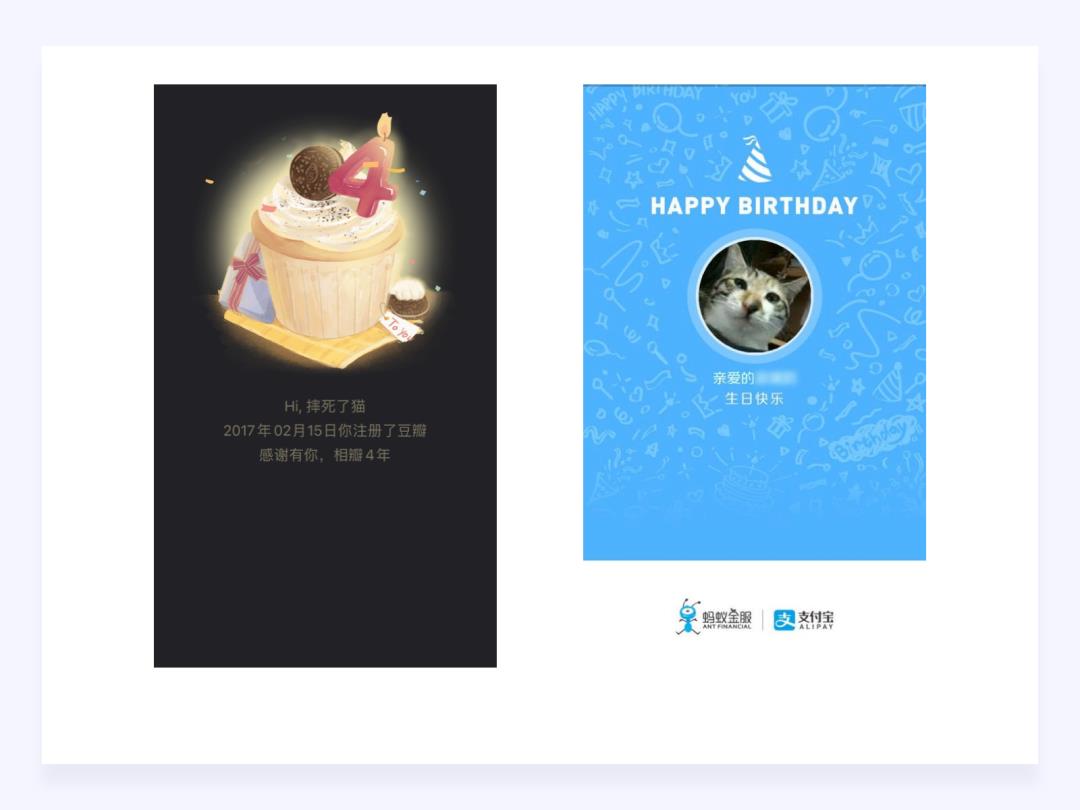
② Celebrate the holidays with users.
When two people experience a thing together, it will become the emotional memory of two people, so the festival is the same. When people around us are living the same festival, we will not know much about it and will also discuss it. So when users open the product, they find that the product and users are concerned about the same thing, which also brings us closer emotionally and increases the sense of friendship.
This kind of design form is more common. When there are festivals or hot news, we can create an atmosphere by changing the startup page and skin and replacing the banner on the home page. For example, when the National Day is over, Taobao will replace the splash screen page with a design to celebrate the National Day. When Christmas is over, Taobao will also design its own icons in a Christmas style, all in order to create an atmosphere of celebrating the holidays with users.
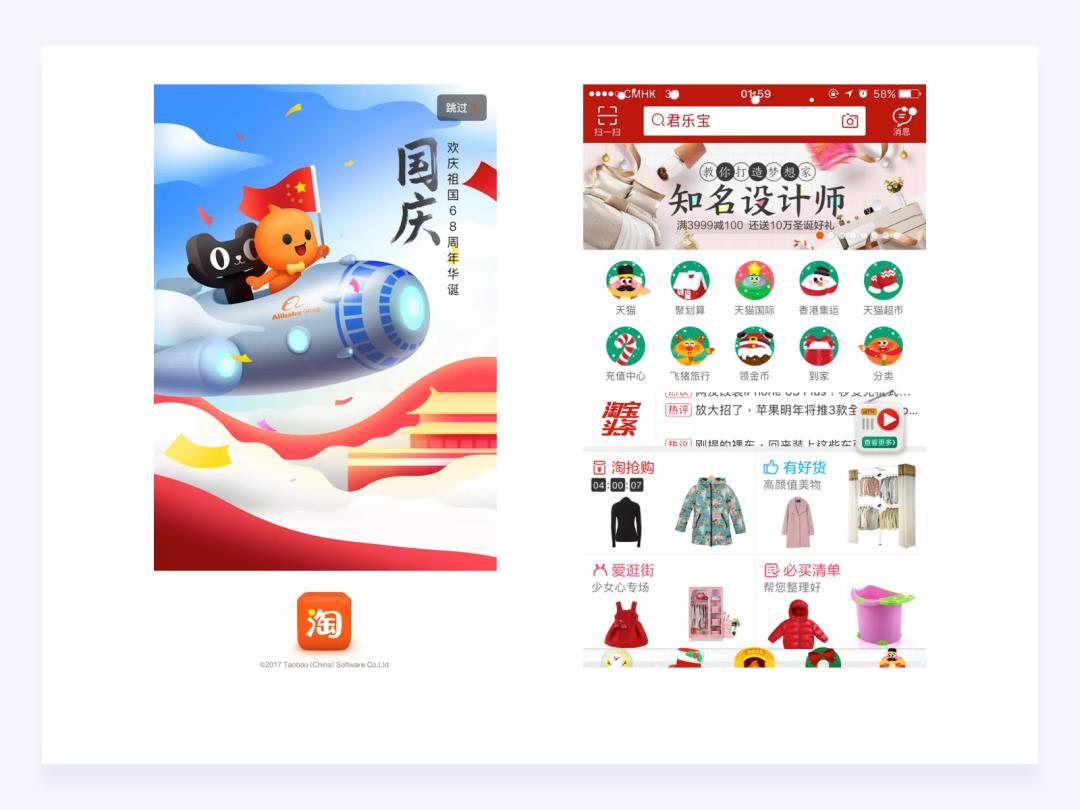
4) Barrier-free design
Apple’s core design concept is to let all people use mobile phones equally. Apple refers to equal rights, which are the use needs that can be met with some physical defects, and together create a caring and caring modern scientific and technological life. Of course, our products will also be used for the public, and more attention will be paid to accessibility and popularization, which can greatly enhance the user’s sense of friendliness towards products. Barrier-free design not only allows some users to use the product normally, but also makes ordinary people more comfortable.
① Barrier-free design of visual layer
There are mainly two kinds of visual impairment: one is the people with underground visual impairment, which is divided into blind and amblyopic people, and the other is the people with visual system impairment, which is generally called color blindness. According to incomplete statistics, there are about 190 million color-blind users in the world, and according to the statistics of the World Health Organization, there are about 17.31 million visually impaired people in China, of which 23.5% are young people under 30 years old. It has to be admitted that there are not a few visually impaired groups in China, and they also need mobile phones for communication and entertainment in their daily lives. Therefore, for "smart phones", visually impaired people have the same needs as normal people. Therefore, our barrier-free design needs to make specific designs for these two groups of people.
Fortunately, however, many mobile phone manufacturers are now considering practical solutions for visually impaired groups. Among them, three functions in the iPhone accessibility system are good examples.
For people with visual impairment, we need to follow the adaptation scheme given by various mobile phones to actively add the pronunciation of buttons. For people with visual impairment, hearing is undoubtedly the most effective sense when they use smart phones. When a visually impaired person touches an APP icon with his mobile phone, the mobile phone will not open the APP, but will have a narration prompt, which will tell you what APP it is.
For color-blind users, the recommended solution is not to rely solely on color to convey information such as status indication, distinguishing visual controls, real-time response, etc. If only using color to distinguish, some users may be inconvenient or even unable to distinguish the colors in 2.
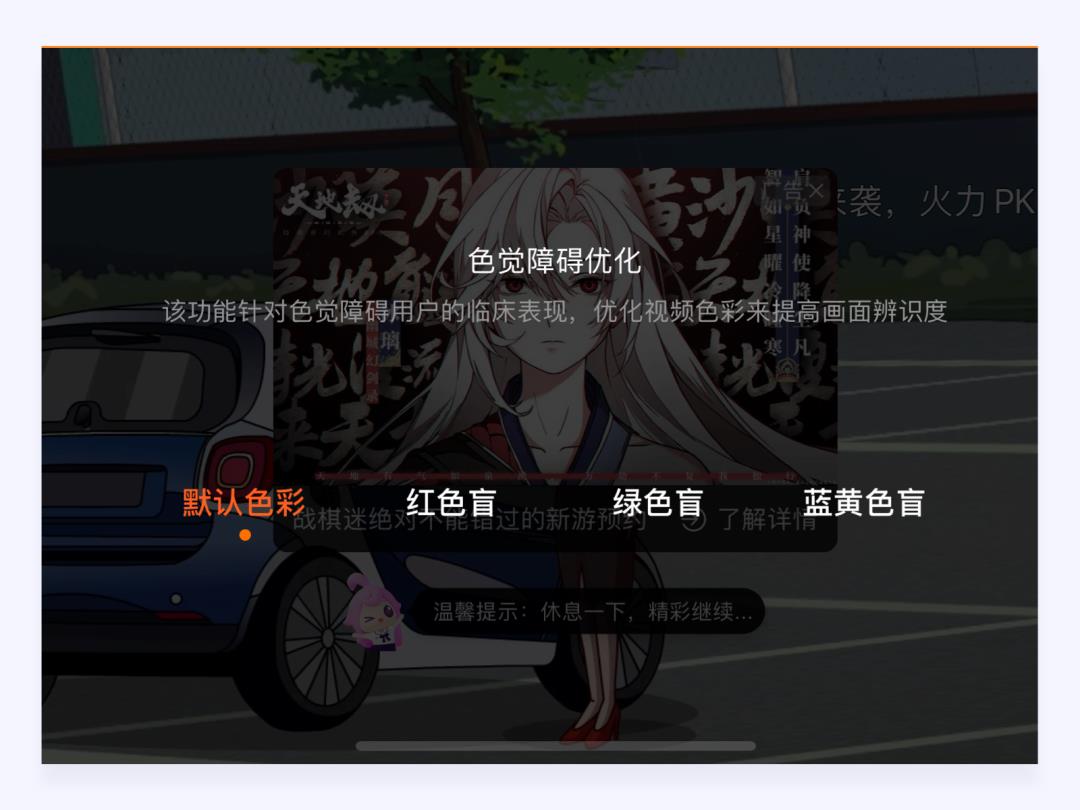
As a designer, we can’t ignore psychology. These principles of the human brain determine how people react and interact with your design. The application value and practical effect of design are very important in the business world, so that we can make correct decisions when guiding users’ emotions.
The anchoring effect refers to that people are easily dominated by the first impression or information when making judgments about someone or something, just like an anchor sinking into the sea, fixing people’s thoughts somewhere. As a psychological phenomenon, anchor sinking effect exists in all aspects of life. First impression and preconceived ideas are its manifestations in social life.
That is, the price or time when users first see our products, the brand attribute will have a psychological anchor point, so it is often difficult for ordinary low-end brands to develop to the high end, either to reshape the brand or to be a sub-brand. When we can understand this truth, we can know why Xiaomi should be a Redmi brand this year, that is, to break other people’s concept of Xiaomi’s low-end brand, let Redmi be responsible for sinking the market, and Xiaomi brand is responsible for exploring to the high end.
The same is true in the design of products. Why do most e-commerce price pages have original prices and promotional prices is to plant an anchor point in the hearts of users.
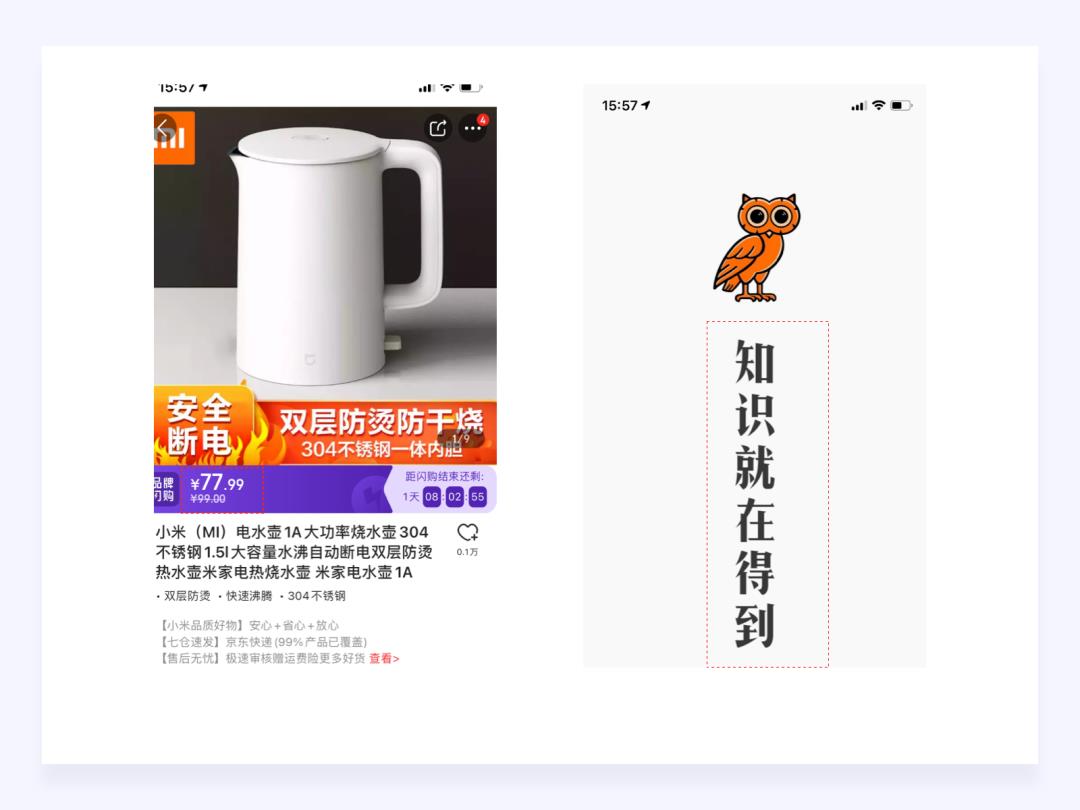
Also known as the face-saving effect, it refers to making a big request to others before making your real request to others, and making a really small request after being rejected by others, then the possibility of others agreeing to your request will increase.
Our application in the product is mainly to split a complex interactive step into several small steps, which will increase the cost for users to give up halfway.

Silent cost refers to the cost that has been released but cannot be recovered. We use the widely spread story "Little monkey dug a well and gave up halfway" and "Mother monkey insisted on finally digging water", and this metaphor is very appropriate. But what the story doesn’t point out is, is it more likely to dig deep in the well that the little monkey has dug than to dig in another place? In this example, our usual understanding is that it is possible to continue digging, that is to say, we should continue digging without considering the cost of silence.
But changing a chestnut and guessing the gambling machine on the front and back of the coin are all 50% chances, and they have lost five times in a row. At this time, people usually think that "we can’t lose again this time", but in fact, the winning or losing rate is still 50%, which means that the sunk cost has a utility for the future, but it has not.
However, in reality, it is difficult for us to judge whether or not a thing has an impact on the future. Even if guessing a coin is so clear and definite, people will still tend to think that "what you have paid before will be rewarded later", not to mention so many ambiguous things in reality. In this case, the decision made often overestimates the impact of the cost of silence on the future, so it is difficult to give up.
In the early days, everyone in Tencent started diamond business in Tencent QQ. At that time, after it was opened, the next month was not opened, and the growth value would drop at 10 o’clock every day. This is to use the silent cost to guide and improve the repurchase rate.

When a person walks through the suspension bridge in fear, he looks up and finds a heterosexual, which is the most emotional situation. The heart beat faster because of the fear on the suspension bridge, which will be mistaken for the reaction of seeing the destiny takes a hand’s other half. This is why after the hero saves the beauty in the movie, the beauty will fall in love with the hero who saved her. Therefore, if you want to attract a person, you can try to choose exciting games or watch scary movies when dating.
In itself, it is the effect produced by the scene, which makes users mistakenly think that it is the effect produced by the product. For example, our common health care products have been pointed out for many years that health care products are actually a scam. They are just harmless to the body if they are eaten. Whether they are good or not is different.
For example, in some punching activities, it is not how good the course is, but that someone is supervising you to stick to it every day. By punching in the points where you insist on improving, it is the default that someone helps you grow.
Confirmatory bias refers to the tendency of individuals to support their own prejudices and conjectures, whether it is true or not. People tend to confirm certain assumptions or rules, but seldom falsify them.
For example, idolize likes someone for different reasons, such as being handsome, excellent, diligent and good in character. People who don’t like a star have various reasons for being effeminate, hypocritical, jealous, perfunctory and ugly. People who like a star are called nicknames, while those who don’t like a star are called horse monkeys. The two factions are incompatible with each other. I believe they can fight when they meet. Simply put, it is "users think they are right, and they will continue to prove that they are right".
For example, Meituan has always emphasized that its brand tonality "Save money by doing everything" is used to affirm users’ choices, stand firm and tell users that it is not wrong for you to choose me.
Conformity effect means that when individuals are influenced by the group (guided or pressured), they will doubt and change their opinions, judgments and behaviors, and change in the direction consistent with the majority of the group. That is to say, individuals are influenced by groups and doubt and change their own opinions, judgments and behaviors in order to be consistent with others. That is what people usually call "going with the flow".
This is better understood. It can be said that we are influenced by the herd effect all the time, and the deepest feeling is that we should wait for the traffic lights. If you and a group of people are waiting for the traffic lights, one buddy can’t wait and ran the red light. At this time, you are still relatively determined, be a civilized person, don’t run the traffic lights, and then, one, two, three … all go with that buddy, and you can’t say at this time.
Even doing good deeds will be affected by the herd effect. If there is money in the donation box, you may be more willing to donate some. If the donation box is written with the words "Ten people passed by and nine people donated", your will may be stronger.
That’s why many brands will take out the data to talk about. Registration data and sales data, if the data is not good, directly use the word "more" and "xxx, more people’s choice". Undeniably, they will affect your decision in a tangible and intangible way.
In the case of high risk and high cost, there are still so many merchants who will choose to use the brush to increase the sales of their stores, not only because the sales volume has become one of the factors that consumers decide whether to buy.
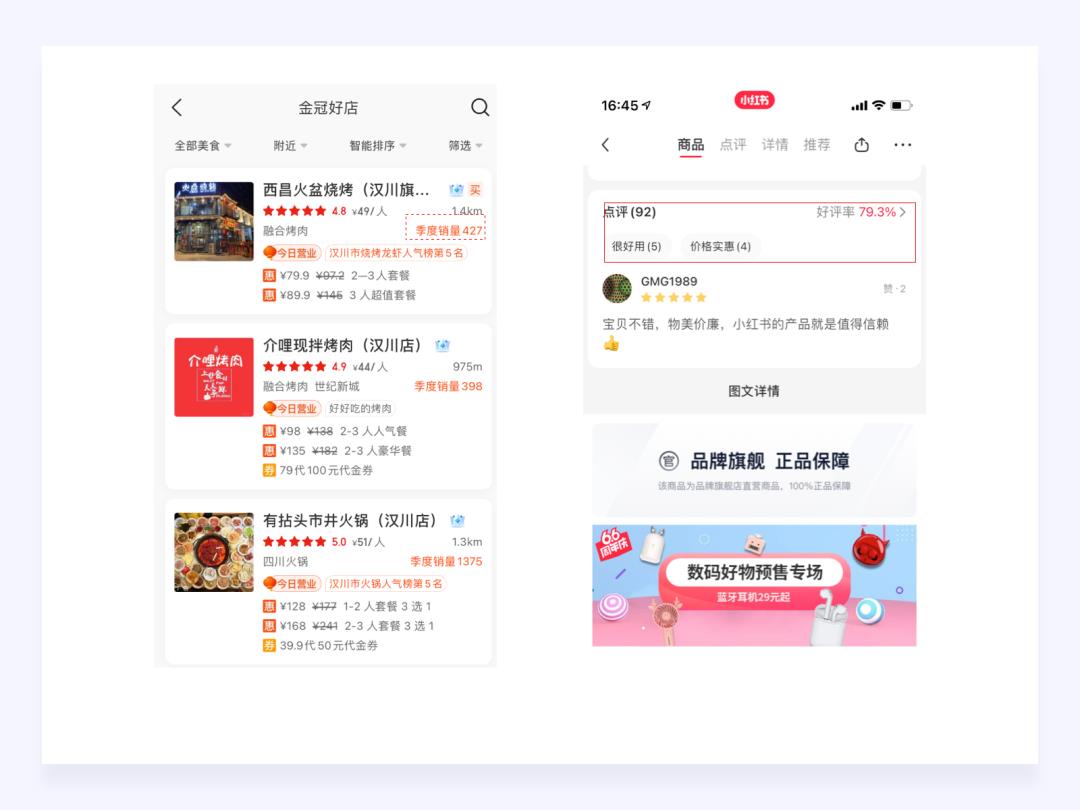
Ratchet effect means that people’s consumption habits are irreversible after they are formed, that is, they are easy to adjust upwards, but difficult to adjust downwards. Especially in the short term, consumption is irreversible, and its habitual effect is great. This habit effect makes consumption depend on relative income, that is, relative to one’s past peak income. Consumers tend to increase consumption with the increase of income, but it is not easy to reduce consumption with the decrease of income. This feature is called ratchet effect.
For example, when we play games and watch movies, props will be used and members will try them out, which is to cultivate players’ habits, which are irreversible after the consumption habits are formed.
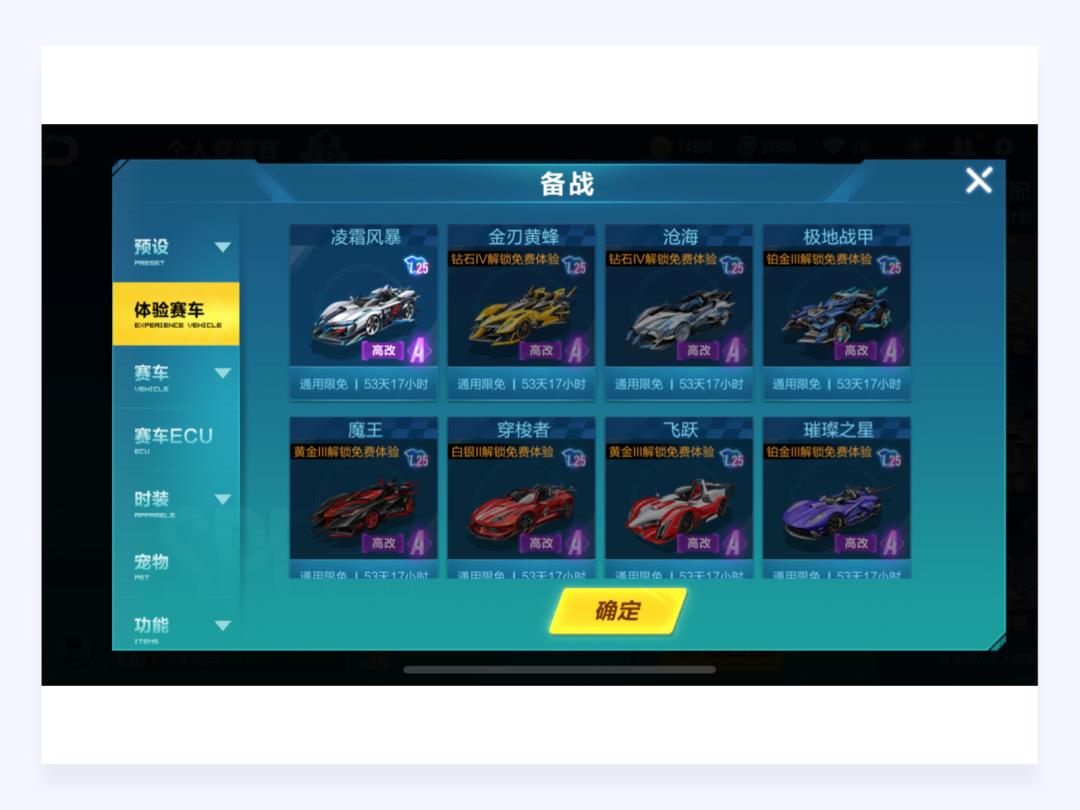
Designers should have a "people-oriented" design concept, which is both a value and a methodology. Design should always focus on people-oriented.
The purpose of our design is to improve yesterday’s imperfect things and products, so that they are full of warmth and can directly reach people’s hearts. Here we integrate the purpose of emotional design into our products.
Article reference content source:
Design Psychology 3- Emotional Design
Law and Logic: Design Rules of User Experience
This article was originally published by @ Justin Cheung _Ending. Everyone is a product manager. It is forbidden to reprint without the permission of the author.
The title map comes from Unsplash and is based on CC0 protocol.